HYSTERIA
“The history of hysteria is a history of the relation between the colonizing father and the colonized devalued other.”
Judith L. Alpert, Sexual Abuse Recalled: Treating Trauma in the Era of the Recovered Memory Debate
Wurde Hysterie noch bis weit ins 19. Jahrhundert als psychische Frauen*krankheit gesehen und mit abstrusen, gewaltvollen Methoden behandelt, erlebt sie heute in Zeiten von Aufständen und Pandemien ein denkwürdiges Revival. Gender-Minorities, die weltweit um die ihnen zustehenden Rechte kämpfen, werden als hysterisch verschrien, immer mehr Bevölkerungen lehnen sich gegen diktatorische Staatsgewalt auf und werden dabei brutal niedergeschlagen.
Betroffenen von psychischer und körperlicher Gewalt wird Unverständnis entgegengebracht und die Schuld für ihr Schicksal zugesprochen. Wer mit den eigenen Erfahrungen an die Öffentlichkeit tritt, wird nicht selten diffamiert und re-traumatisiert.
Aber was genau ist Hysterie? Welche Formen kann sie annehmen? Wann ist hysterisches Verhalten ein benötigter Aufschrei, wann ist es übertriebener Egoismus? Warum mangelt es an Unterstützung für Menschen, die nicht stillschweigend hinnehmen wollen, was mit ihnen geschieht? Wie schaffen es Politiker*innen in Zeiten von frei zugänglichen Informationen immer noch mit Polemik Ängste zu schüren?
Diese und weitere Fragestellungen behandelt die Ausstellung hysteria mit Arbeiten von insgesamt 19 internationalen Künstler:innen aus den Sparten Fotografie, Video, Performance, Malerei und Musik, die „Hysterie“ & unseren Umgang mit eben dieser thematisieren.
KÜNSTLER:INNEN
Alina Belyagina & Amie Jammeh | Image we combat with
Project „Image we combat with“ is an transformation and development of choreographer Alina Belyagina self-solo „Pure.Image“ – Finalists and audience winner euro-scene Leipzig „The Best German dance solo“ 2019
We open up a space for an experiment with the extreme in an imaginary environment that has no direct cultural and contextual connotations, however, allows us to use some material, such as field recordings from protests, and intertwine it with other in a new performative text.
We would like to find more interaction with drill which remind as a weapon as well. We work in the direction to show a confusing emotional and mental statement by contemporary media. Creation immerses us in an imaginary landscape that can be understood as a non-place in the sense of the French anthropologist Marc Augé. This non-place of course can be marked as cosmic or/and distopical. Within this environment a human-like creature appears. We see how this body struggles with the “injection” of aggression.
What happens to a human body when it is immersed in a state of ultraviolence? How does the fact of having a weapon in our hands choreograph our movement, formulate our intentions? In the centre of our artistic investigation is a body that reflects everything that happens outside. Thinking about the ways how ideologies shape our bodies and minds, in a very subtle way they restructure us from the inside, choreograph our bodies and finally make our bodies unable to act freely.
Amie Jammeh was born in 1993 and has origin from The Gambia and Sweden. She began dancing at a young age, starting mostly with hiphop and urban styles, and decided to go more into the contemporary scene when she was in her 20s. In 2017, she graduated from Iwanson International School of Contemporary Dance in Munich and after graduating she worked with the director of the school, Johannes Härtl, for 2 years. In 2019 she attended a Martial Arts Academy in China where she studied Tai Chi, Qi Gong and Shaolin Kung Fu, and from which she graduated from the same year. She is now working as a multidisciplinary freelance dancer while also continuing her studies about Chinese martial arts as well as studying to become a movement therapist. The different choreographers/directors that she has been working with so far includes Anouk Van Dijk, Falk Richter, Dustin Klein, Nadine Gerspacher, Ryan Mason, Anta Helena Recke, Mario Lopes, Bui Rouch, Patrick Delcroix, Alessandro Sousa Pereira and so on. She is also a part of KDV Dance Ensemble in Berlin since last year.
Alina Belyagina works between dance and theatre with extensive use of video and text. Alina is educated at the Moscow State University of Culture and Arts. She spent three years in Poland learning ancient Greek and Latin and working as a classic ballet teacher in Silesian Dance Theater and Rozbark Dance and Movement Theater. After moving to Germany she started her choreographic career by participating in Soltunatu Tantsu Lava The PREMIERE`17 residency in Tallinn and then started working with Freies Theater München where she continued to study dance while doing projects in Brussels and Tel Aviv. Alina created video and movement installations for Baltic Contemporary Art Gallery (PL), Dance Atelier Reykjavik. In 2018 to this day she is a guest choreographer for Gesher Theater. Alina’s projects are related to the urban area, cyberanthropology, transhumanism and xenofeminism. She is inspired by the digital visualization and the pieces of art dealing with complicated questions.
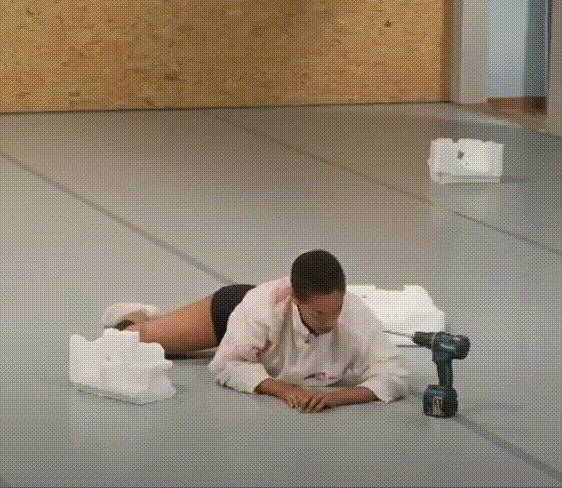
Performance idea, concept Alina Belyagina
Performer Amie Jammeh
Music editing Eldar Baruch
Dramaturgy Polina Fenko
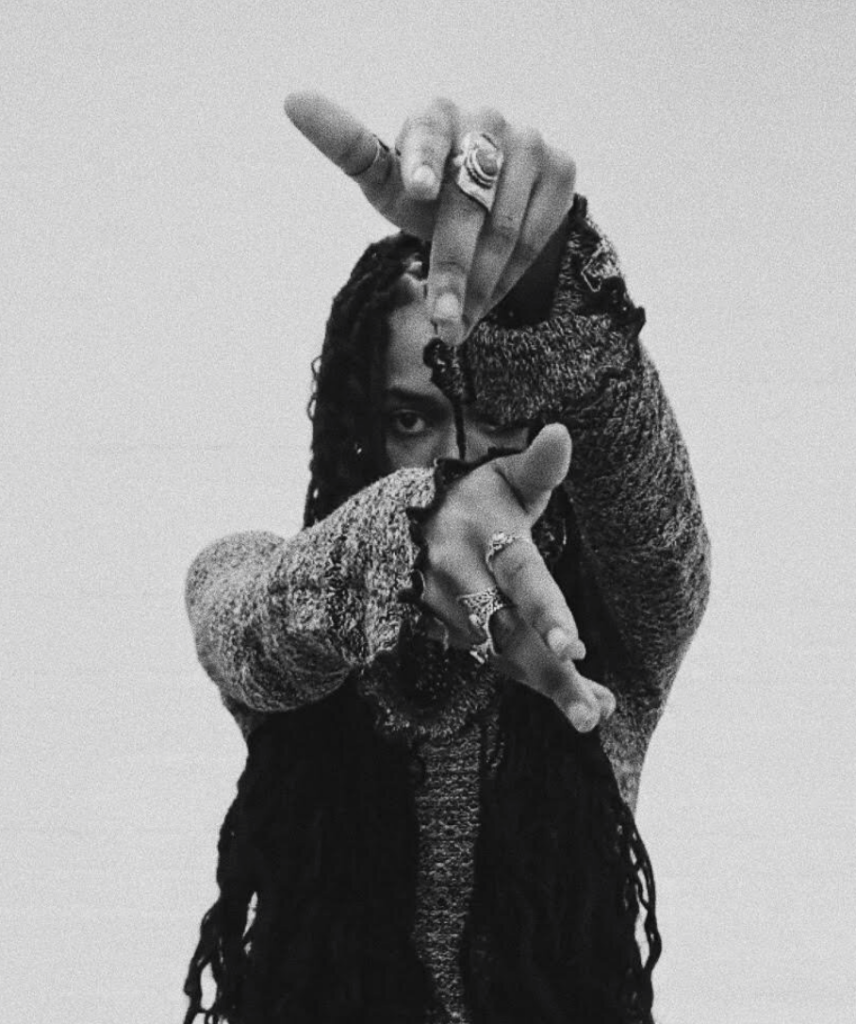
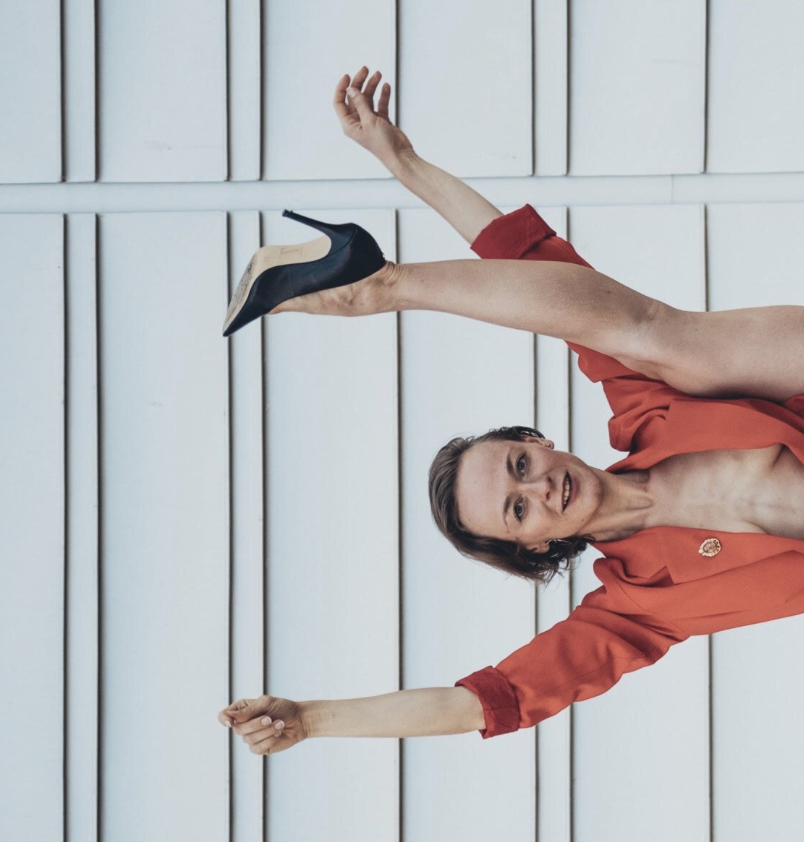
Anita Owsianna | DEFECT
.
The “Flaws from Defect” series is my response to the disability of the body and paintings. Femininity is often reduced to delicacy, beauty, tenderness and pinkness. But in reality it’s powerful. Flawed pieces are the definition of my femininity and the trouble associated with it. It’s uncertainty and powerlessness expressed through decisive action.
There is power in delicacy.
.
In 2015, Anita Owsianna finished her master’s thesis titled ‘The artist’s identity’. She uses values, impressions and emotions as a source of expression in painting. Anita’s paintings often deal with the condition of the artist and their relationship with creativity, reality, synthesis and crossing borders
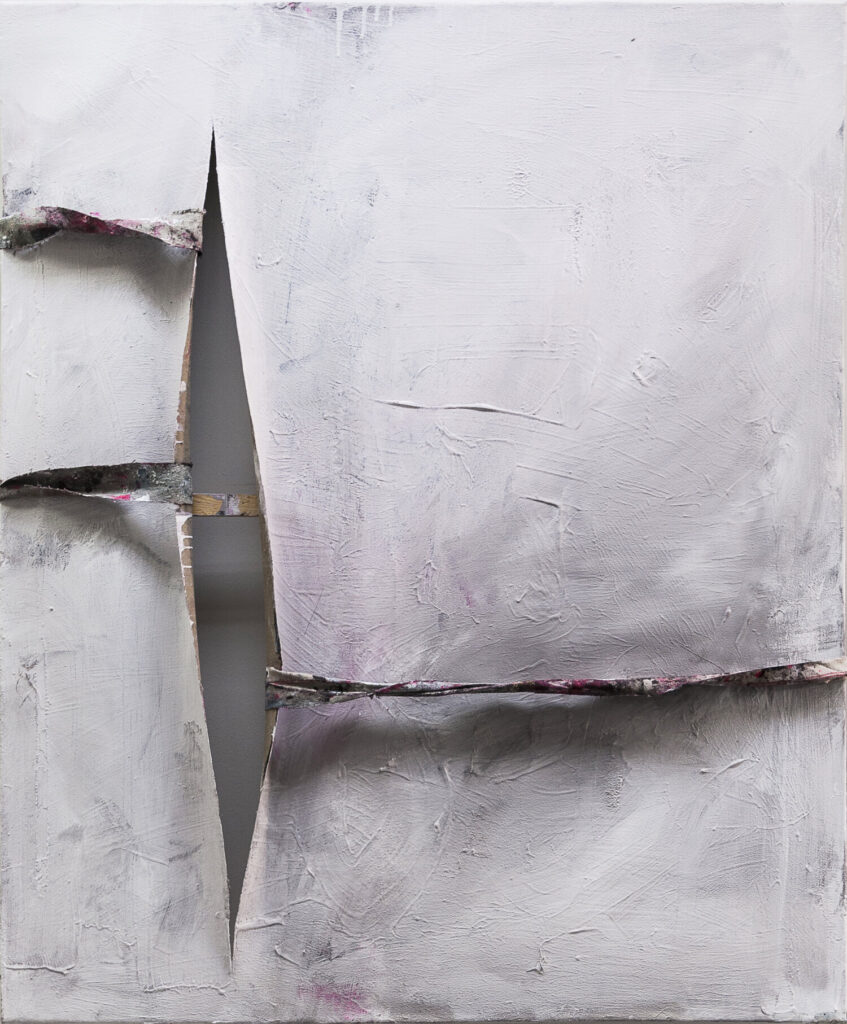
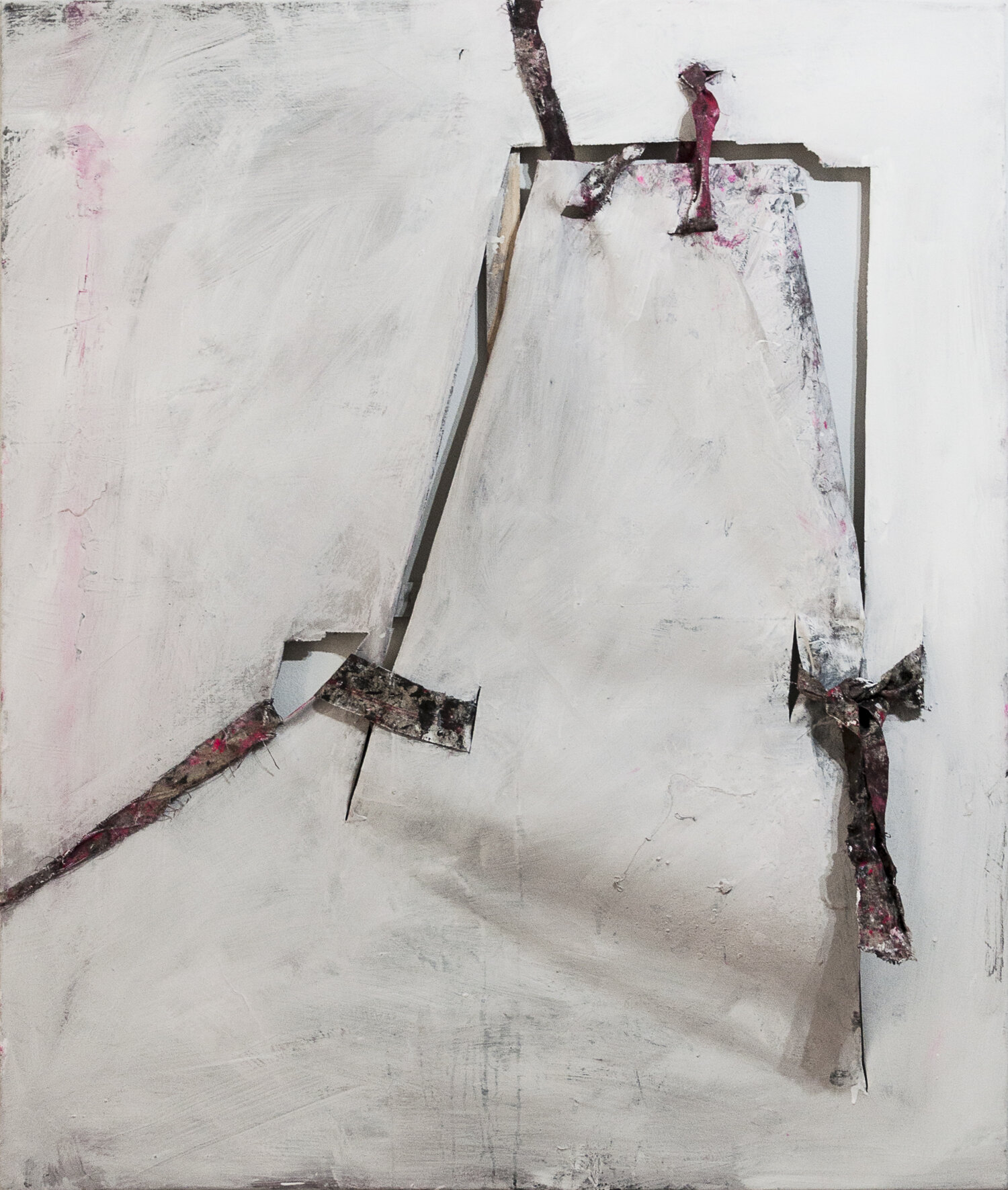
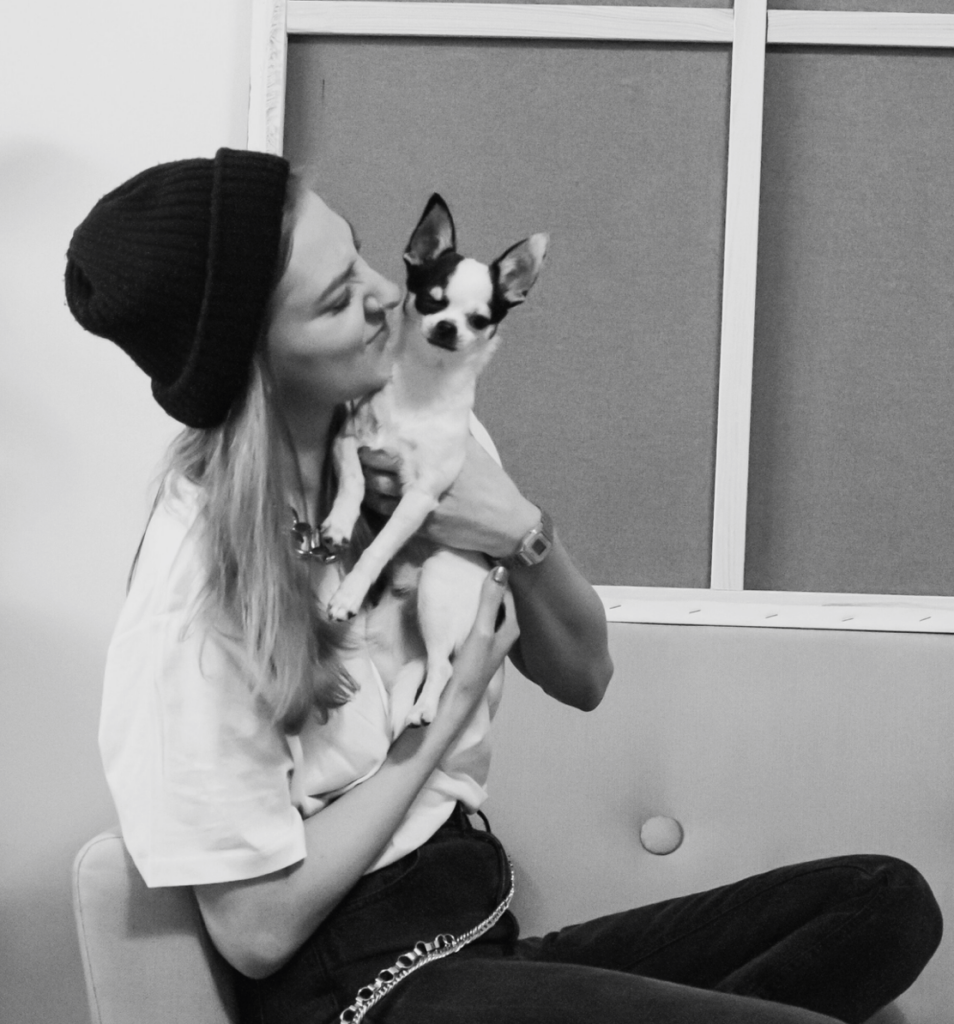
Anna Adam & Rebeka Petra Kiss | Secret Garden
Medicine by its proclaimed scientific objectivity is an easy and powerful tool for solidifying the rule and validity of white supremacy and patriarchal cisgenderism. Just as religion, medicine served, in its own way to maintain the powers which shaped its creation and sustained the validity of its dominance. Through the exploration of the relationship between Christian religious hegemony and western medical authorities from a genderqueer feminist perspective, ‵‵Secret Garden′′ focuses on how womxns’ feelings on shame and guilt can be linked to religious (eg. The Latin Fathers of the Church held women responsible for bringing original sin into the world, and for being a continuing source of seduction) and medical (eg. In the 19th century, hysteria was considered a diagnosable physical illness in females) stigmatizations. Based on observations, discussions, readings of testimonies, feminist historical documentations and lesbian archives, the choreographic material of this solo emerges from an extensive research on the concepts of the unconscious, trauma, hysteria and paralysis both in terms of symptoms and expressions.
Rebeka Petra Kiss is a Budapest-based contemporary dancer and performance maker. She graduated at the Hungarian Dance Academy in 2018. She worked with Katalin Lőrinc, Pal Frenák, Eva Duda, Adrienn Hód, Krisztián Gergye, Anna Ádám, Inverse Dance. She is a member of the Willany Leó Improvisation Dance Theater from 2015 until today. She won second place with her own solo in the senior solo category at the VIBE International Dance experience (Wien, AT) 2018.
Anna Ádám is a Paris-Budapest-based visual artist and performance maker whose work blurs the boundaries between choreography, image, and object, with emphasis on the body and on the movement as the central forms of expression. She graduated at the ENSAPC Art School in Cergy, France, in 2016. By combining performing arts, visual arts and curatorial practices, Anna Ádám’s work transgresses normative discourses, challenges gender boundaries, systems of representation, standards of beauty together with the established codes of the fashionable body. Anna Ádám also considers teaching and community building as part of her main artistic medium. In 2015 she founded the „School of Disobedience“, which is an experimental and anti-canonical performance art school. Composed of thematic classes, the program introduces the concepts of oppression, domination, exploitation, marginalization, powerlessness and violence from a critical feminist perspective. Since 2016 she presents regularly her work in both theaters (E-Werk Kulturzentrum (DE), Theater MU (HU), National Theater (HU), Piccolo Teatro (DE)…) and exhibition spaces (Ludwig Museum (HU), Museum of Modern Art Yerevan (AM), National Museum of History Paris (FR)…), and holds workshops in universities across Europe (Austria, France, Hungary, Malta…).
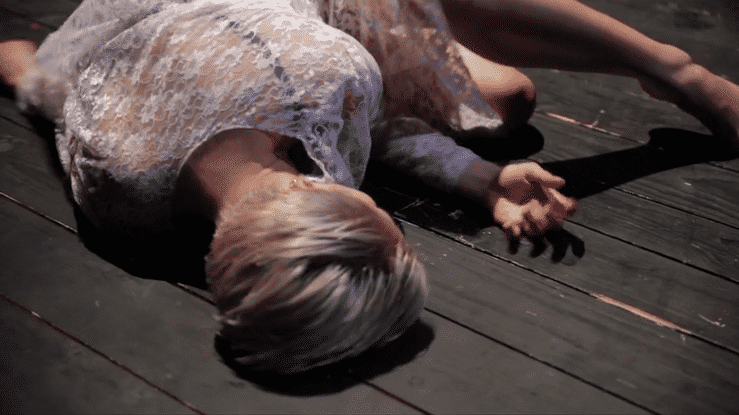
Concept, direction, scenography, setting, costume Anna Ádám
Choreography Anna Ádám, Rebeka Petra Kiss
Performance Rebeka Petra Kiss
Music Boldizsár Komjáthy
Lights Mátyás Major
Supporters Hungarian University of Fine Arts, L1 Association, MU Theater, National Cultural Fund of Hungary Imre Zoltán Program, OFF-Biennale Budapest, Otthon Project, SIN Cultural Center
Production Gray Box
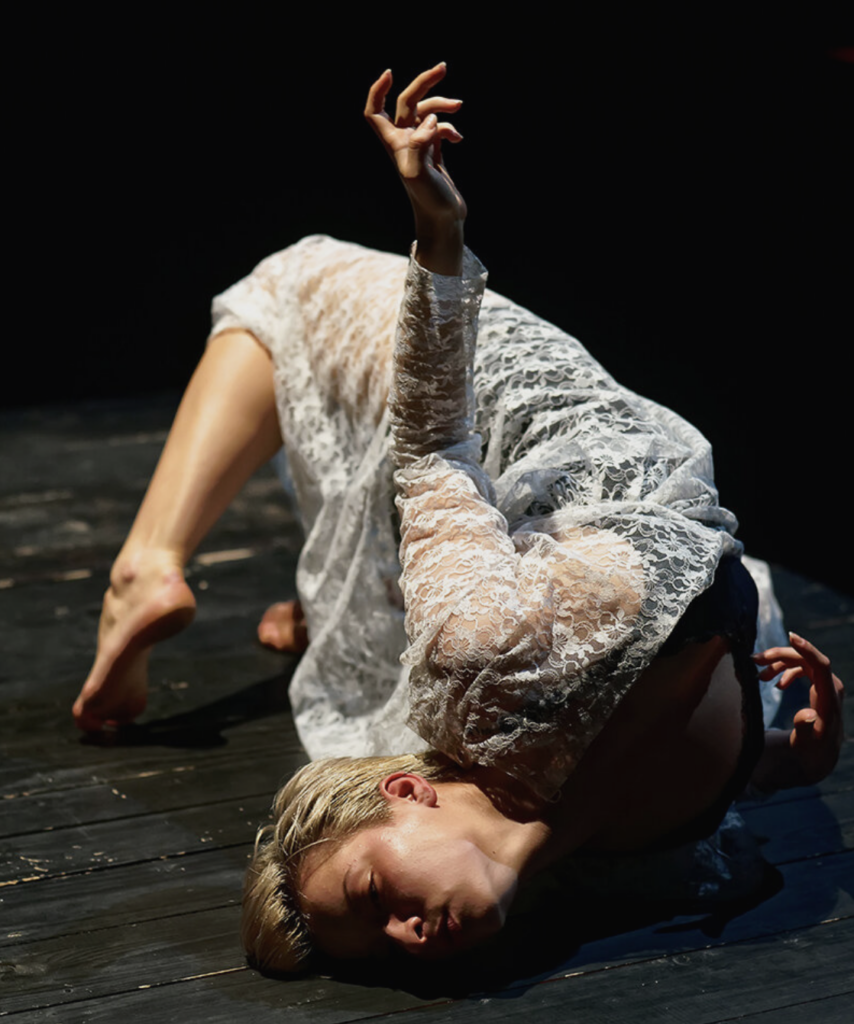
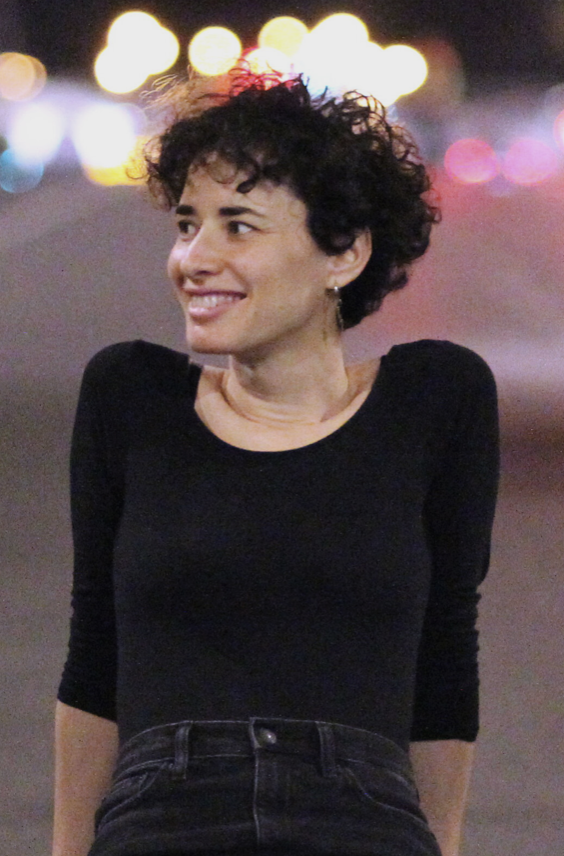
Avan Amir Weis | hyster
.
„The idea for ‚hysteria‘ was born when I worked on my first solo exhibition called ‚hyster‘ which took place in spring 2020 (one year after my hysterectomy). For this exhibition I went to our photo studio with my uterus (yes) and tried to find closure. I then showed two of the photographs (with several other pieces) and thought I was finished with this chapter. But I couldn’t stop thinking that this particular photograph needed an update. Because this surgery gave me my life back.
It gave me space to grow and nurture myself and finally allowed me to step into my non-binary self.“
.
Avan Amir Weis ist ein nicht-binärer Fotograf, Poet, Künstler, Kritiker, Journalist, Dozent und Kurator. In seinen künstlerischen Arbeit setzt er sich fotografisch und schriftlich in meist fragmentarischer Form mit Körpern, Strukturen und Gefühlen auseinander, setzt Nähe und Klarheit dem Dunklen und Abgründigen gegenüber, sucht nach Sehnsüchten und Anziehung, erforscht Verschwiegenes und Verletzlichkeit.
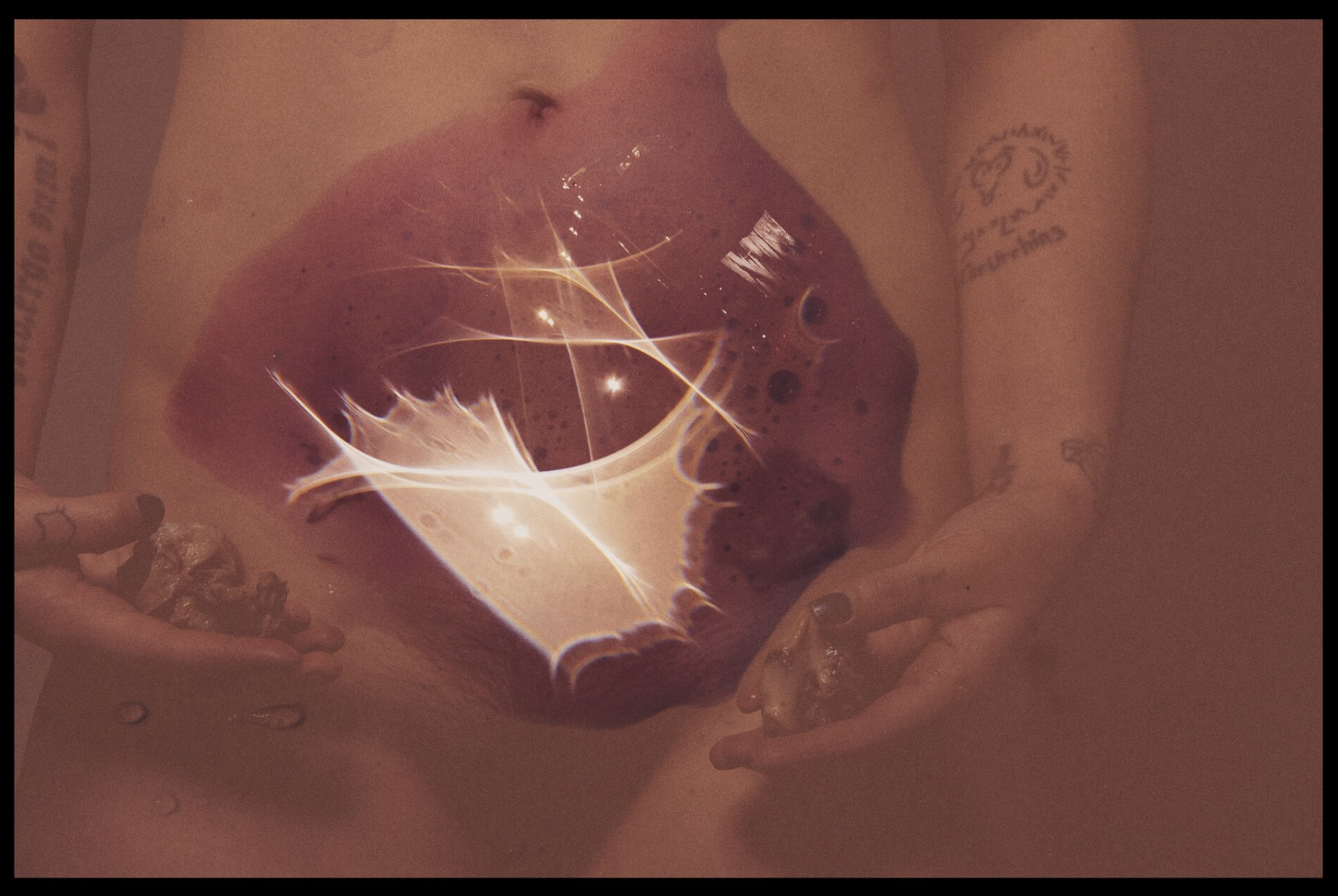
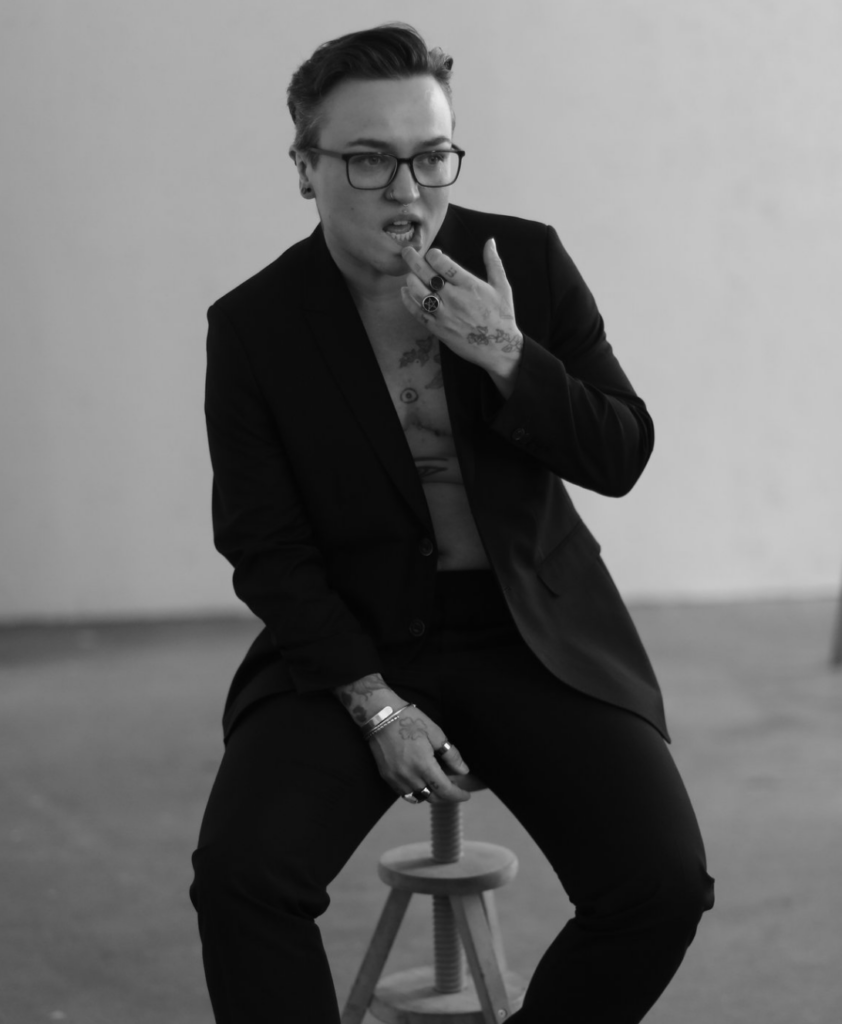
Christina Heurig | 78 Stunden
My photography and fine art mainly originates in the exploration of the self – and (self – ) identity. Embracing my naturally dark, beautiful and eerie inner visual voice, I stage and compose portraits and still life images, that use techniques of surrealism. Often, the main technique includes distorting and mystifying objects, people and atmospheres, by using glas, lenses, image manipulation or symbols to enrich the image.
My believe is: manipulating the image plays with the realism of the subject and makes another layer of reality visible.The main motivator to create images is my need to deal with feelings, memories and contemplative thoughts through a katharsis – like state of mind. I am very fascinated by spirituality, rituals, the magic of transcendence and therefore highly inspired by folklore, fairytales, phantasy stories and overall – magical things that trigger thoughts and imagination.
Christina Heurig is a mainly self-taught art director, photographer and set designer based in Berlin/Germany and Switzerland. She graduated 2017 as communication designer with her book experience project ‚Der Sandmann‘. Her work focuses on fine art and portrait photography, building miniature models for puppetry theatre and animation movies, as well as set design for theatre and movie scenery / production design. Essentially, she uses dark beauty, surrealism, mystery and phantasy elements to illustrate and explore emotional or cognitive layers of the soul.
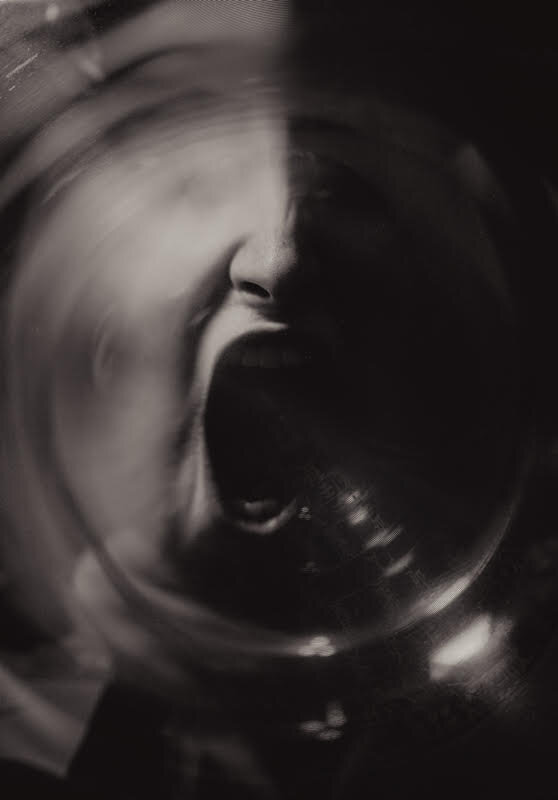
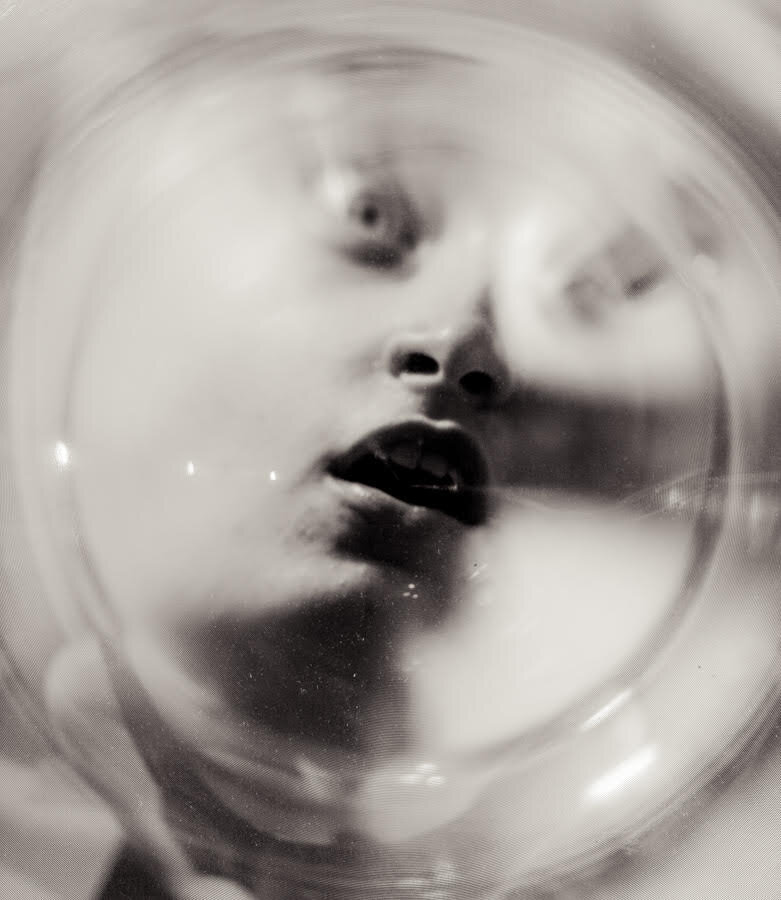
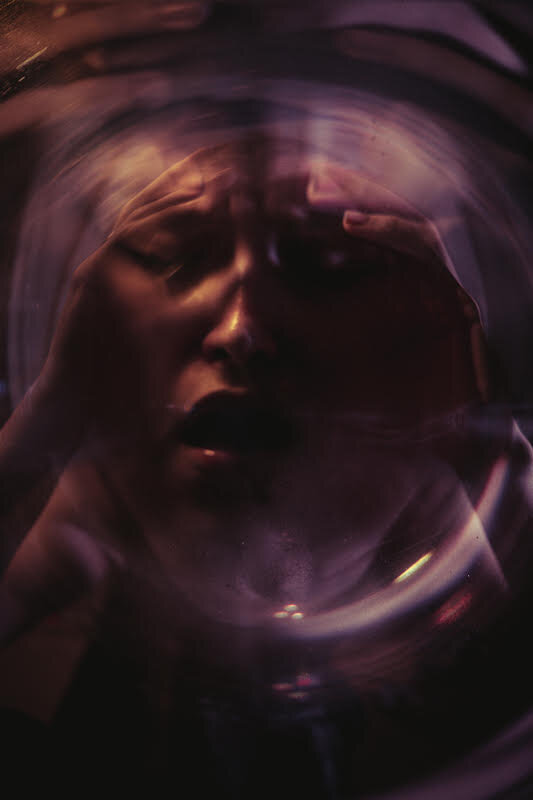
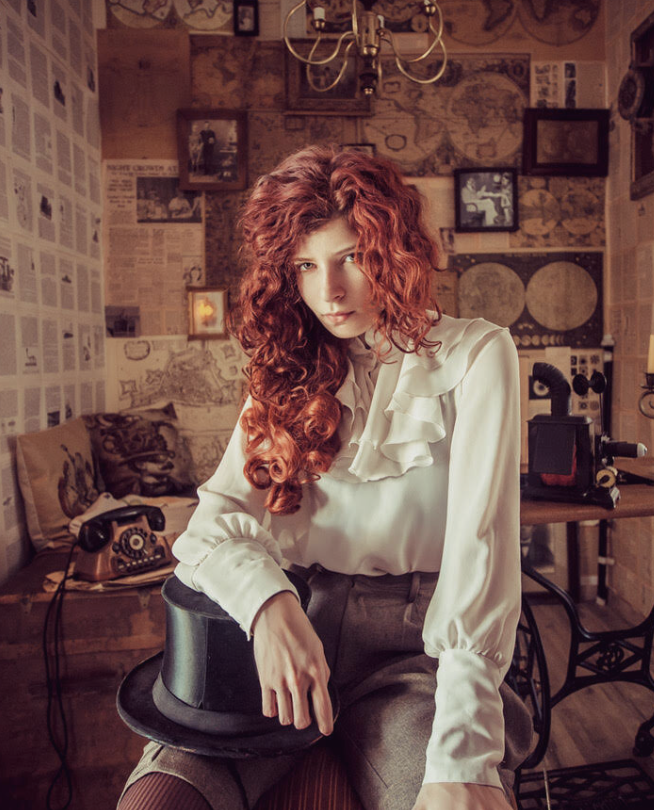

Feng Jiang | U.S. (Unwholesome Shelter)
.
„The fundamental inspiration for my work is love, its beauty and complexity, while thematically, my work revolves around questions of gender, sexuality, sex, and race. Further, as an interdisciplinary artist, I turn to the tools offered by multiple media to enrich and deepen my works. I create artwork as a process for healing and questioning. Setting out to disrupt, I always want to create something different from what people have seen before by challenging social norms and our perceptions of them. I am trying to gather energy to create a healing space for people who endure discrimination. My process as an artist and creator is that I always wait to be inspired in/by life. I am always looking for new and innovative elements. Moreover, I draw on theory from academic and non-academic works and think hard because I expect myself to be not only an artist but also a thinker. The ideology of my works is „Family-unfriendly.“.
江峰 Jiang Feng is a non-gendered and multi-disciplinary artist working across-genres in movement/dance, theatre, performance art, voice, text, modeling, film, photography and theory. He attained her B.A. in English and Chinese literature from National Taiwan University in 2016. In 2019, they graduated with an M.F.A. degree in Performance and Performance Studies from Pratt Institute. They are the receiver of the R.O.C. Government Fellowship to study and research dance abroad and “Grants for 20-40-Year-Old Writers” from Ministry of Culture in Taiwan. In September 2019, her new work „臺彎 Bent-Tai(www)“ won the „Genuinely Fringe“ award, the third prize, in Taipei Fringe Festival. His performance works have been presented at various venues, including Itinerant Performance Art Festival, Movement Research at the Judson Church, „Thinking Its Presence“ conference hosted by the University of Arizona, Exponential Festival, Dance Research Forum Ireland, HOT! Festival at Dixon Place, New Work Series at Tada! Theater, Gibney Dance, La MaMa Galleria, Waxworks at Triskelion Arts, BAAD!, Hudson Guild Theater, and Odyssey Dance Theater in Singapore. Furthermore, their works have been shown in Germany, Bulgaria, and Hungary in various artistic scenarios. In Taiwan, she has worked with emerging choreographers Shiou Fen Li and KoYang Chang, and has performed at the National Theater and Concert Hall, NTU Center for the Arts, Nadou Theatre, Treasure Hill, Venue, amongst other venues. In 2018, they were selected to be the performer of the work “Wall-Floor Positions” in the MoMA retrospective „Bruce Nauman: Disappearing Acts.“
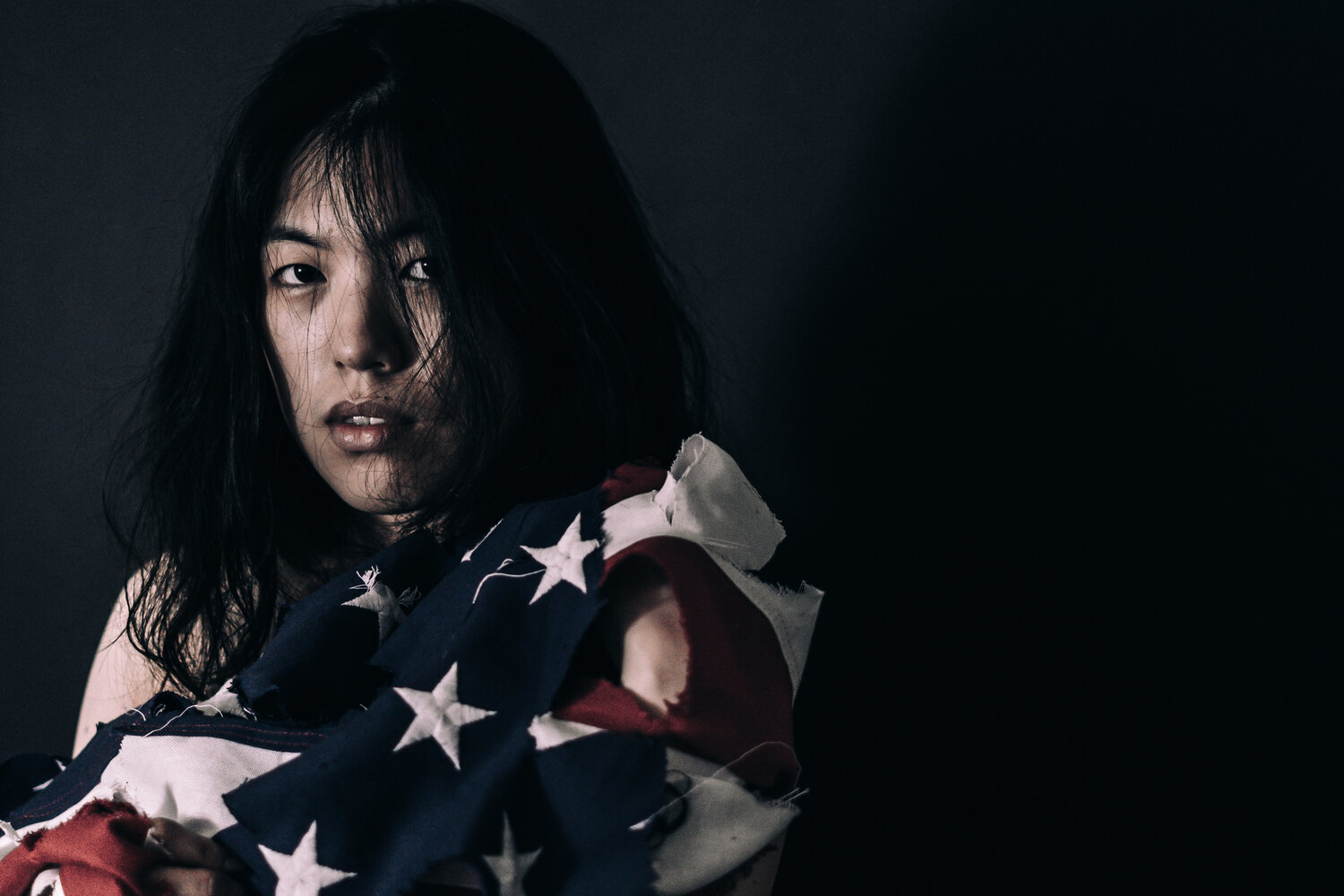
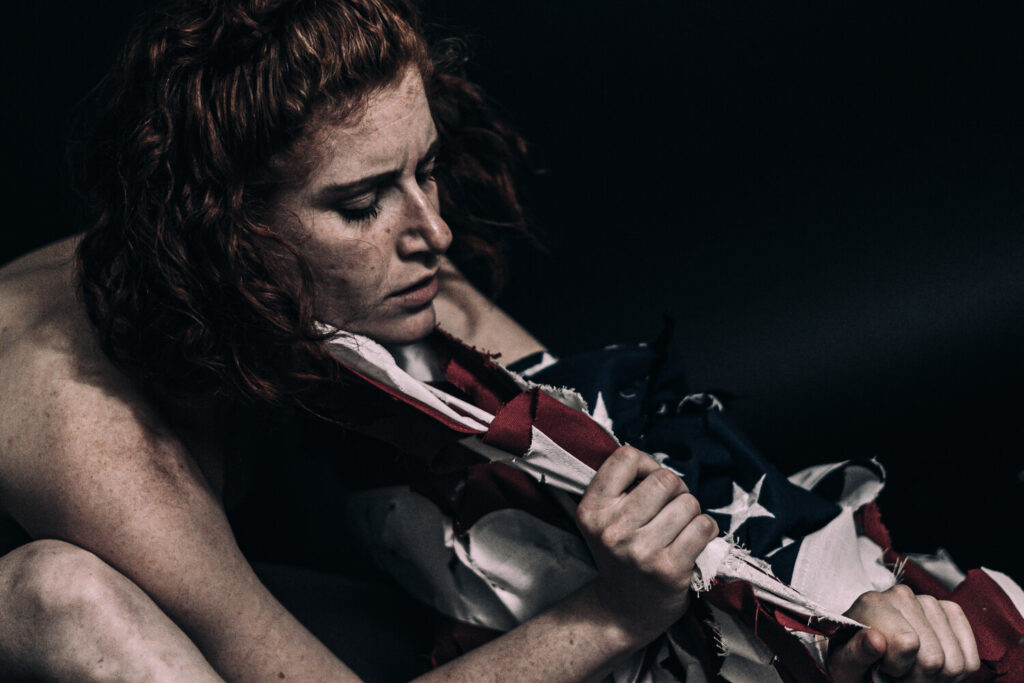
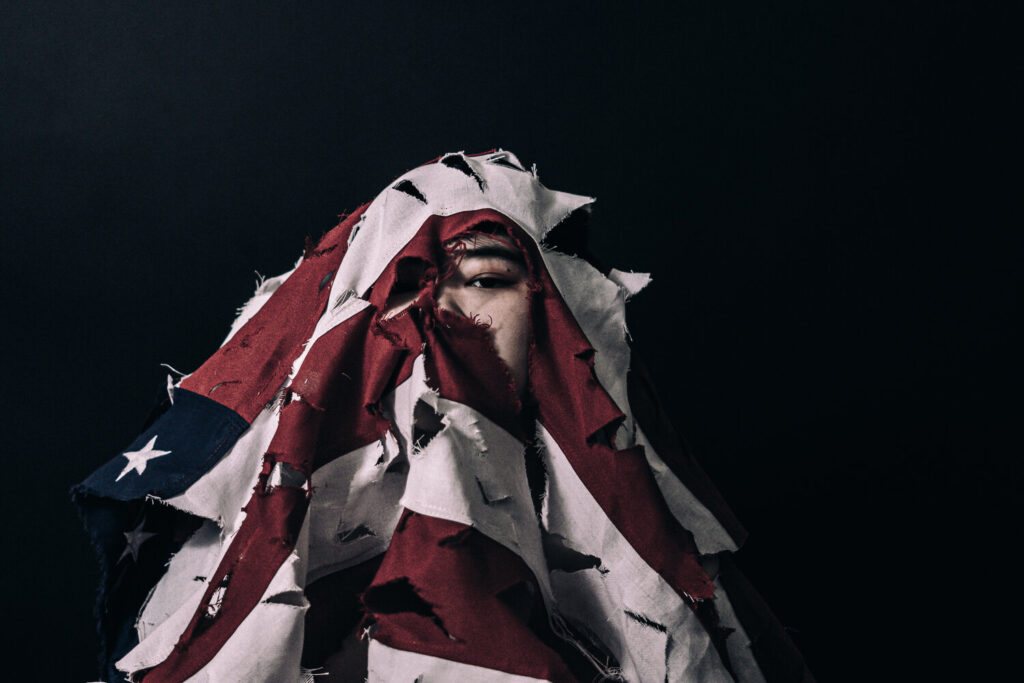
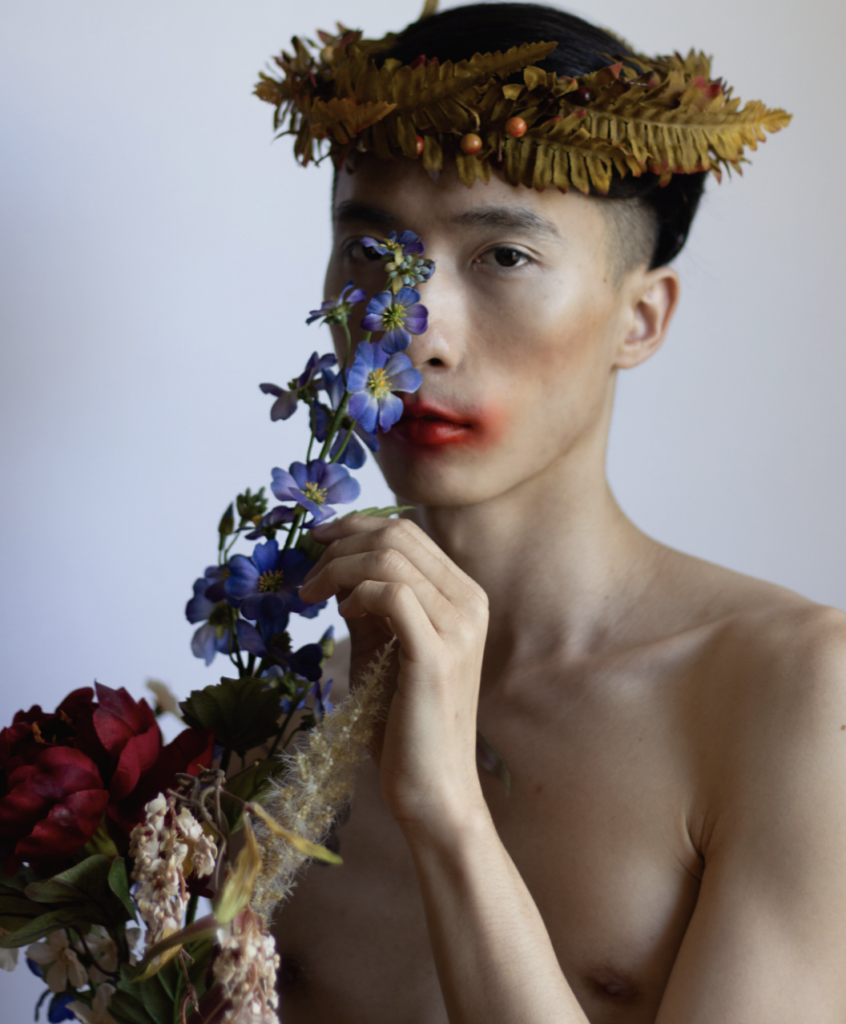
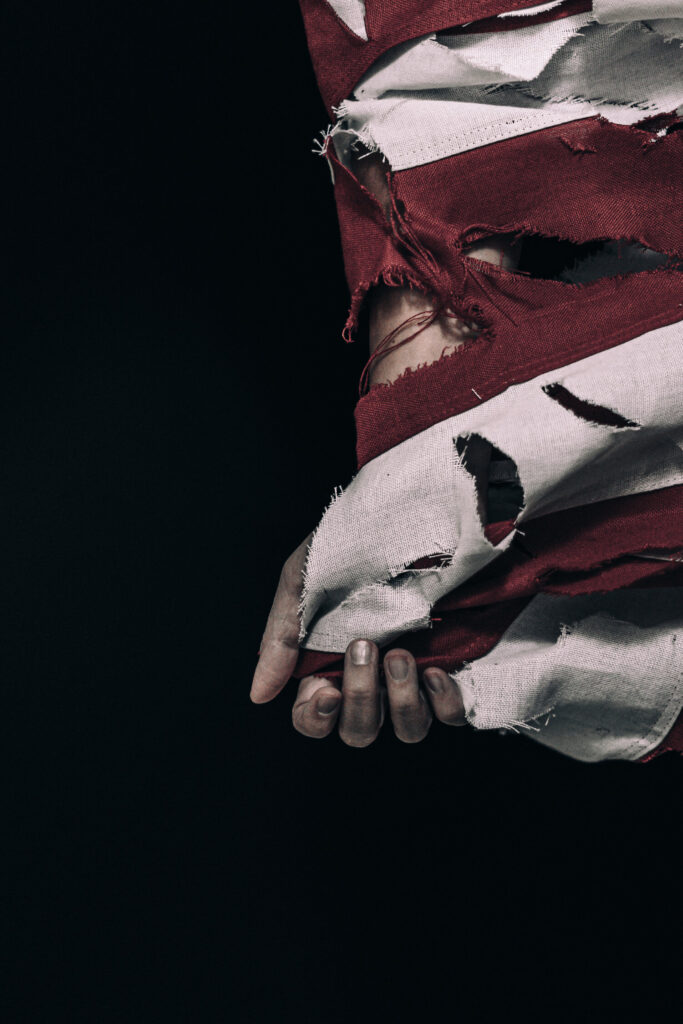
Ginny Sol | Abstract Self Portraits
.
Ginny Sol W. is an artist and designer of colour based in Wuppertal, Germany studying communication design at Peter Behrens School of Arts. Being an environmental- and feminist activist their artworks mostly focus on themes such as queer identity, discrimination, sexism, fascism and the ongoing thread of the climate crisis. In addition to that, Ginny has given talks about eco-conscious living and our impact on the planet and humanity itself at L’Oréal, DZ HYP, WDR and more. Raised by an artist mother herself, Ginny grew up surrounded by art and fortunately had their talent and passion for it recognised and encouraged from an early age. Through this they soon learned to express themes that took a great role in their life through various artistic media. Now they are mostly focused on making intricate analogue collages, combining carefully selected and collected recycled magazines, postcards, brochures and more with tape-designs, drawings and stickers. They also have a great interest in analogue photography, usually centering around abstract and surreal motives. Apart from all of this Ginny loves spending time with their tricolour cat Alice (usually only referred to as „Bebi“ by the family) and munching away on all kinds of Asian food (all vegan of course). Whenever possible, they try to organise trips to the museum or art-creating sessions with their friends to help the creative juices flow.
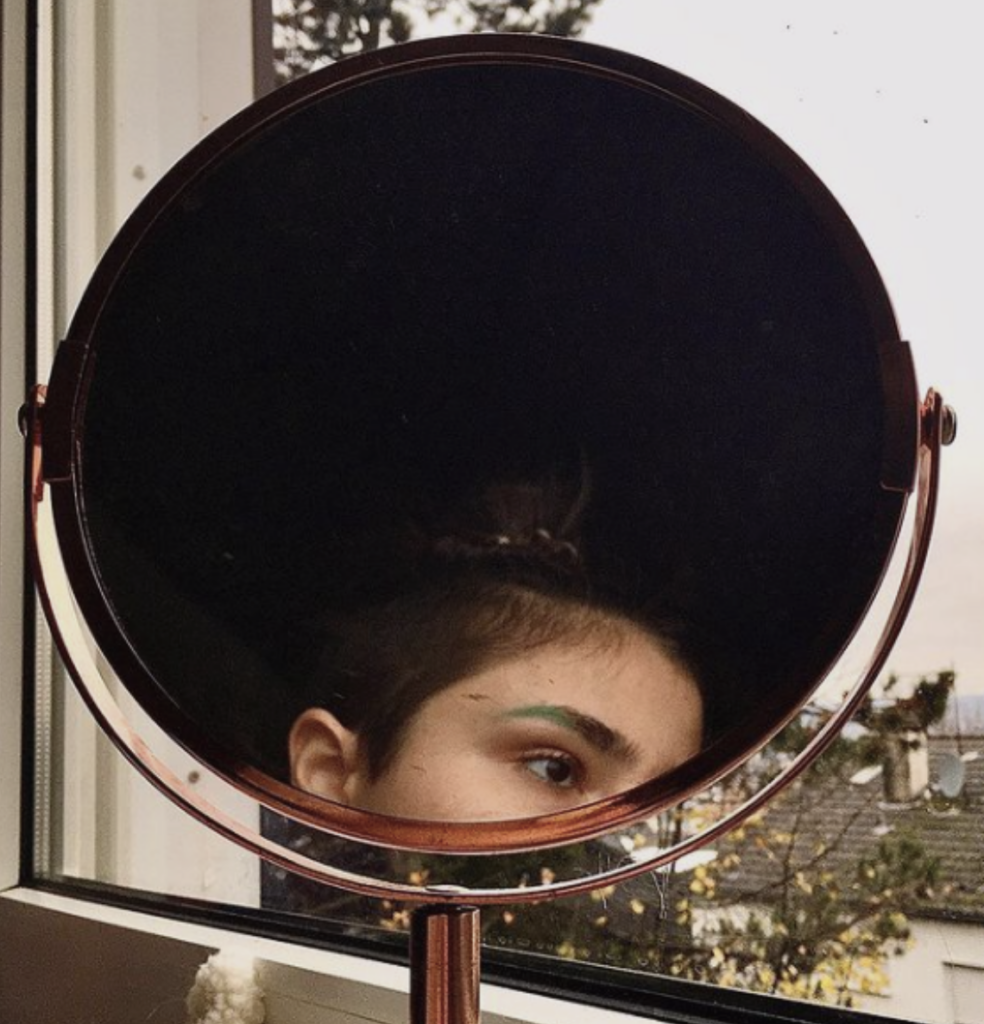


Hybris | All Satisfaction Makes Rich
.
Autonomous sensory meridian response (ASMR) is an experience characterized by a Static-like or tingling sensation on the skin that typically begins on the scalp and moves down the back of the neck and upper spine.
The sole purpose of ASMR is to relax people. It is most commonly triggered by specific auditory or visual stimuli: Gentle whispering, relaxing hand movements, smacking of the lips, nail tapping/scratching on hard surfaces such as tables, brushing sounds, etc. Hybris is using some of the triggers but actually alienating them. Using the words of the leading ASMR youtuber, but instead screaming and shouting their sentences & using nails on another surface such as the human skin.
This way the artists are testing the boundaries of ASMR: pictures of the sometimes hurtful facial treatments of the beauty industry or even facial abuse of the porno industry evoke.
Hybris is an art collective founded in 2017 by Natalia Jobe, Theresa Hoffmann and Felizitas Hoffmann. It was created from their passion to combat the worryingly narcissistic representation of art that seems to be increasingly perpetuated by social media. The three founders approach this from different artistic backgrounds but with a united goal: to reinvigorate the art world with a unique satirical take on how the art world is changing. So watch out for Hybris because they are about to defy the norm.
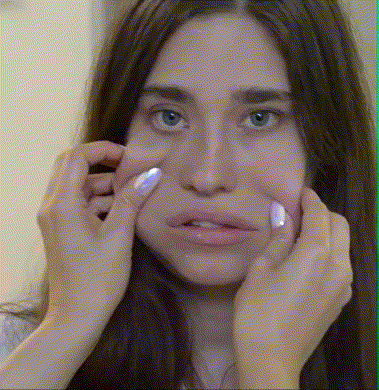

Iris Forstenlechner & Julia Knaß | Persephone Giving Birth To Her Underworld
.
Iris Forstenlechner (white, cis, queer; Pronomen: she/her) malt und zeichnet, schreibt und arbeitet (im Sozialbereich und an feministischen Utopien). Sie hat gerne Besuch auf irisforstenlechner.wordpress.com oder @die_a_ndere. Erste Veröffentlichungen ihrer Bilder und Texte, u.a. bei absolut-zine.de
Julia Knaß (white, cis, bi; Pronomen: she/her) lebt in Graz, arbeitet im Sekretariat, ist Mitgründerin des literarischen Heftes „mischen“ und ehrenamtlich Redakteurin bei der queer-feministischen Radiosendung „genderfrequenz“ (Radio Helsinki). (Webseite: abwesenheitsnotizen.at) Zuletzt erschienen: „Ist das 1 Literatur“ (mit Anna Neuwirth, bei Sukultur).
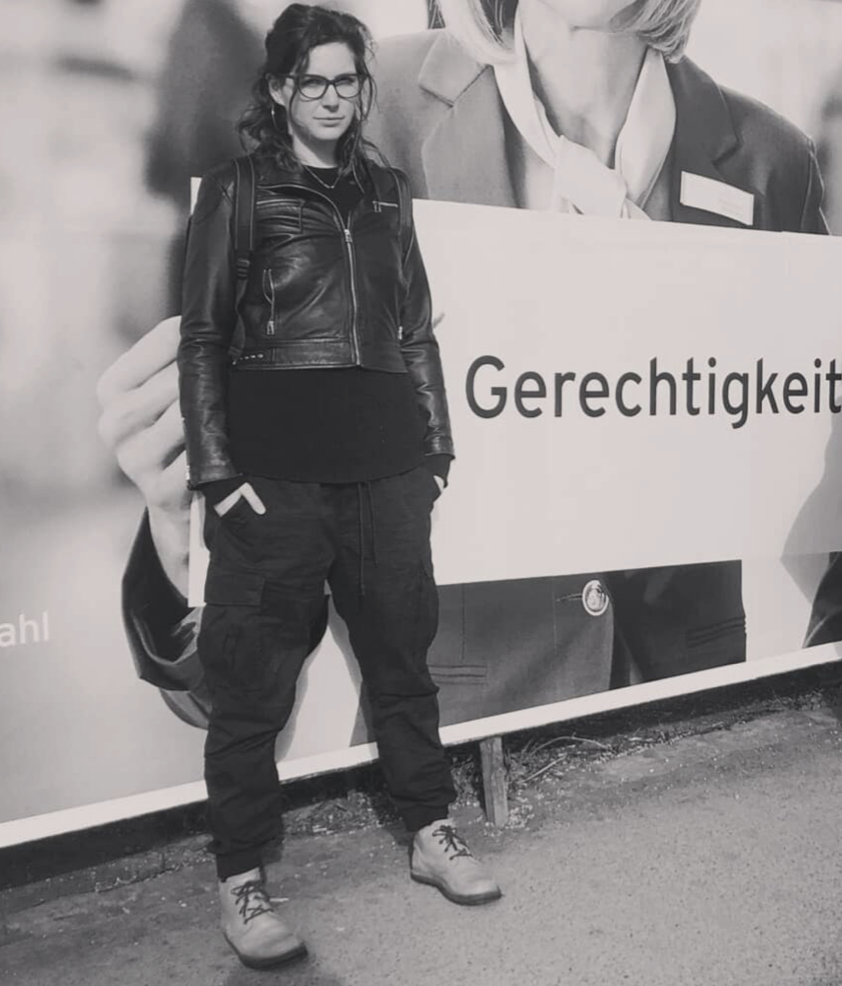
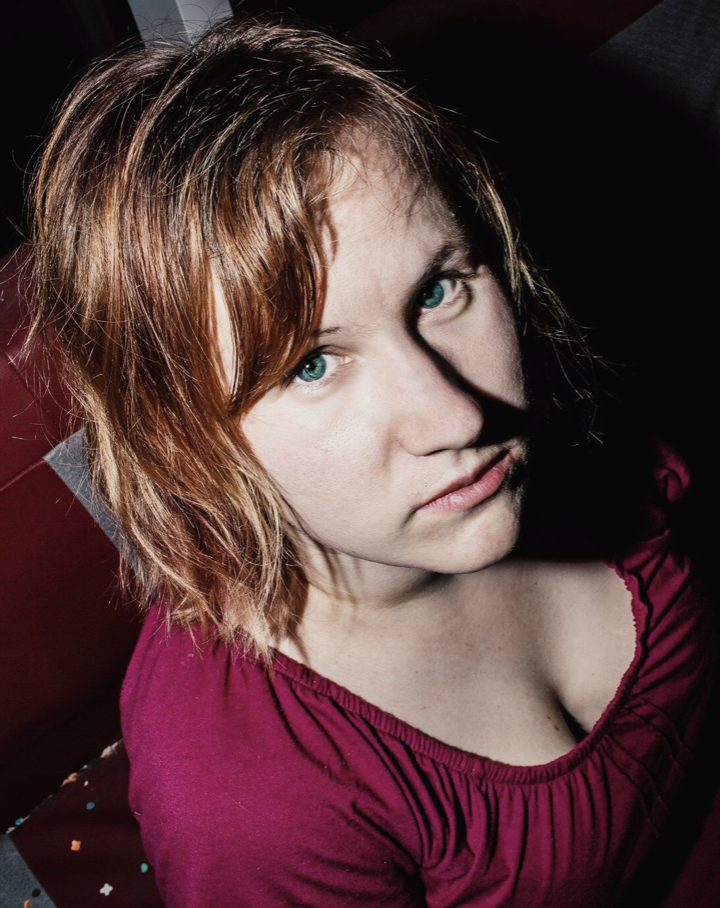
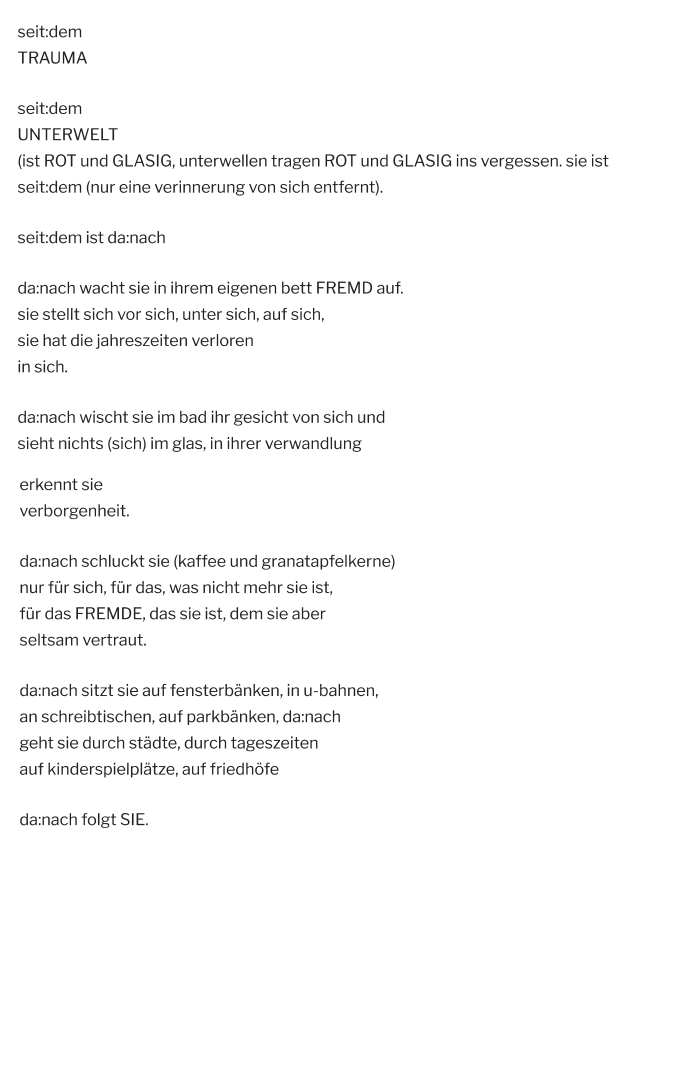
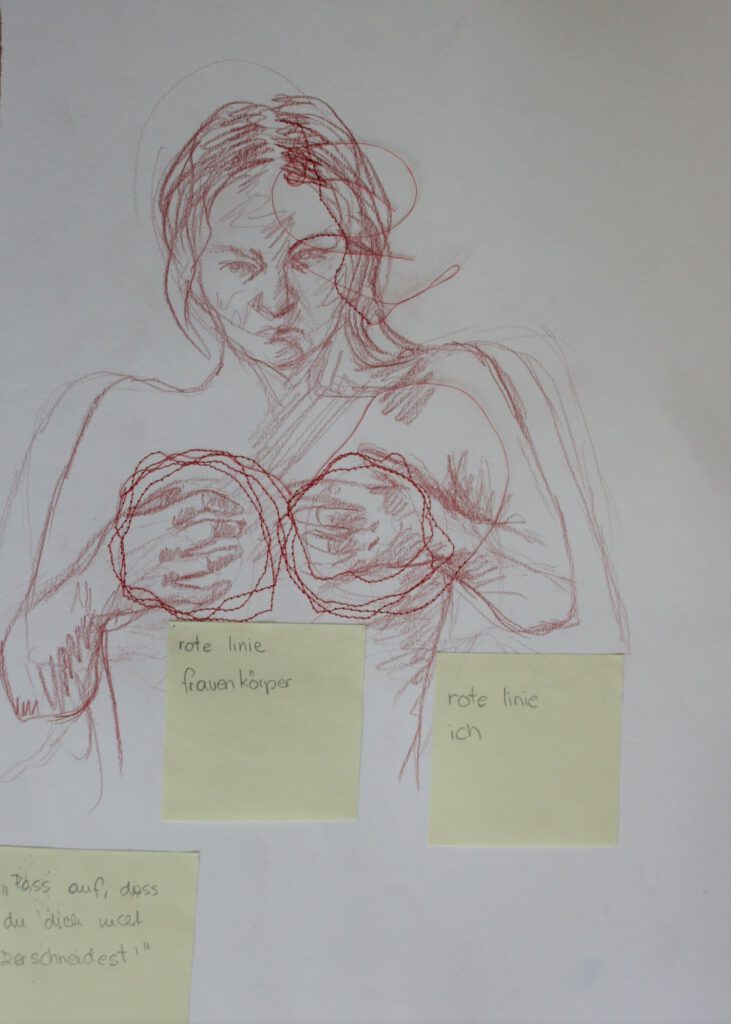
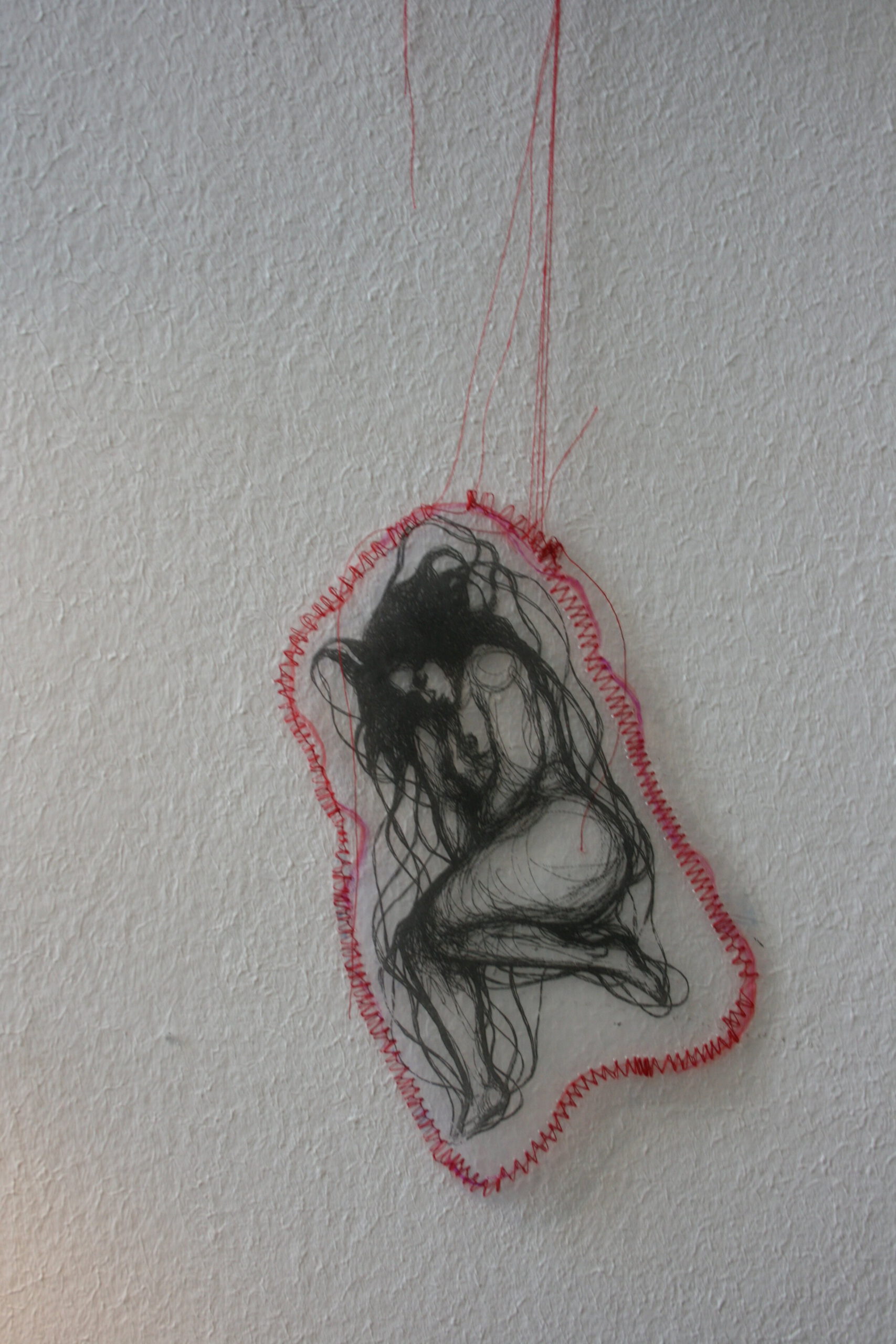
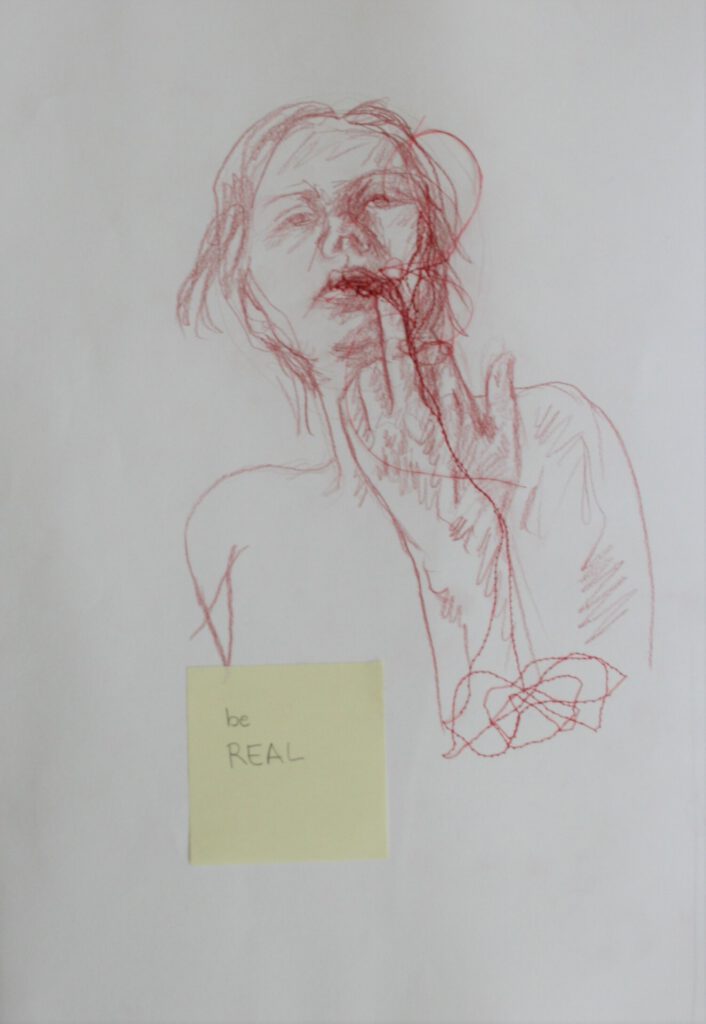
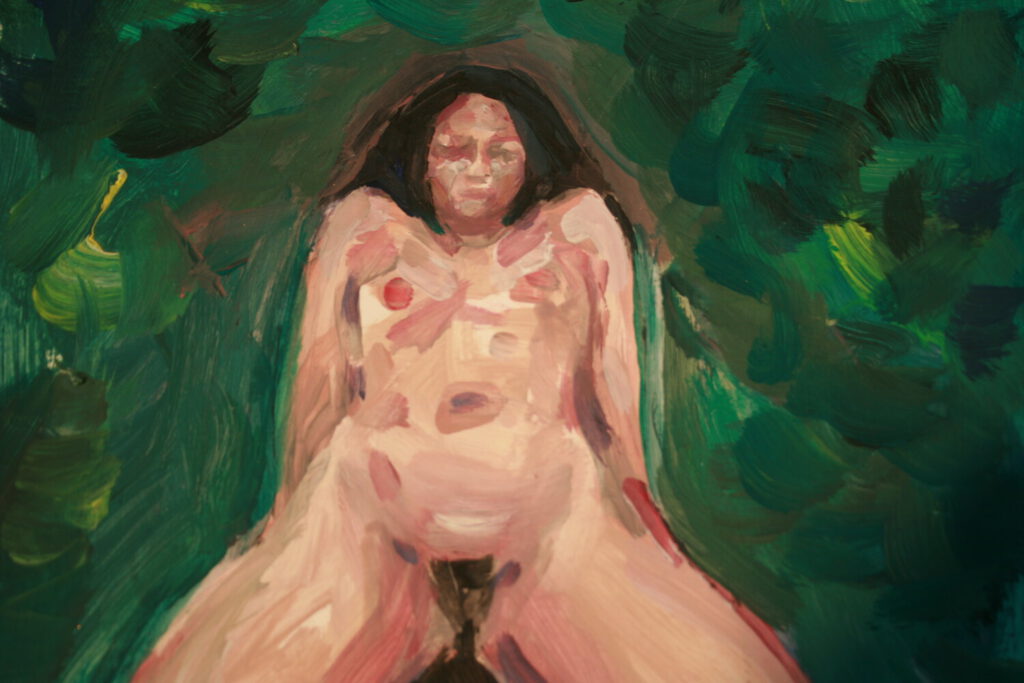
Jungwoon Kim | Supertoys
.
Supertoys | 2020
site-specific, vibrating sculpture
>Culture Loop: Durch deine Augen<, Künstlerverein Malkasten Düsseldorf
video documentation (excerpt): Tino Kukulies
© Jungwoon Kim and VG Bild-Kunst Bonn
.
Jungwoon Kim (*1981 in Seoul, South Korea) is a visual artist based in Düsseldorf. She explores unusual materials and new media for moving sculptures. Both physically hanging freely in space and virtually with a 3D programme, she animates her sculptures: sometimes tremblingly nervous, sometimes imperceptibly slow. Through her sensual and tactile works, she explores the bodily and psychological sensations of the individual in relation to their space.
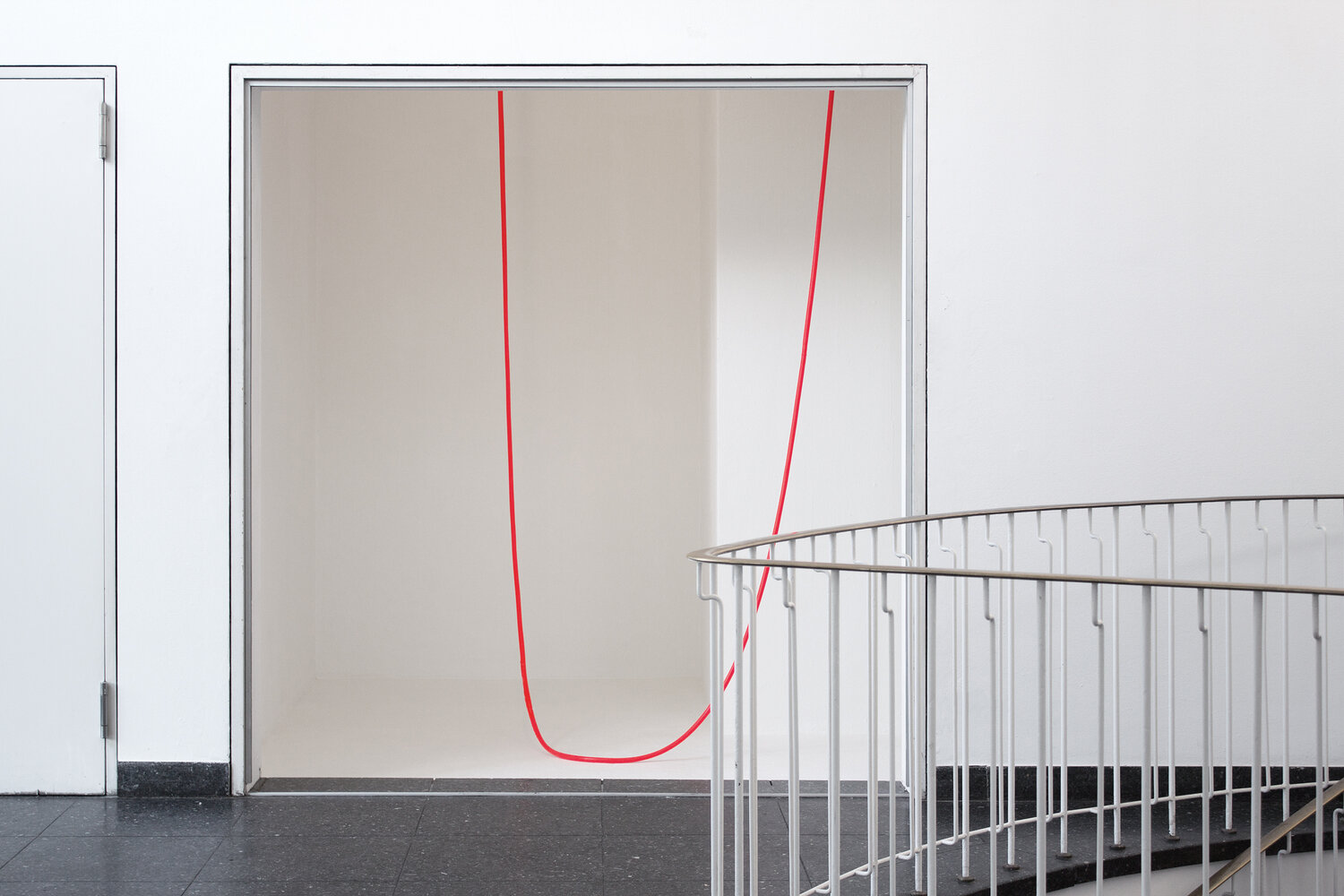

Katharina Holstein-Sturm | Rot
Katharina Holstein-Sturm was born in 1968 in Hamburg, studied Graphics Design in Würzburg and spent time as a resident artist in London with the Shoreditch Photobiennale. She is a member of the German Artists Association BBK and of GEDOK, the german women’s artist association. She has had numerous exhibitions in Germany and Europe. She lives and works in a small village close to Hamburg, is married and has three children.
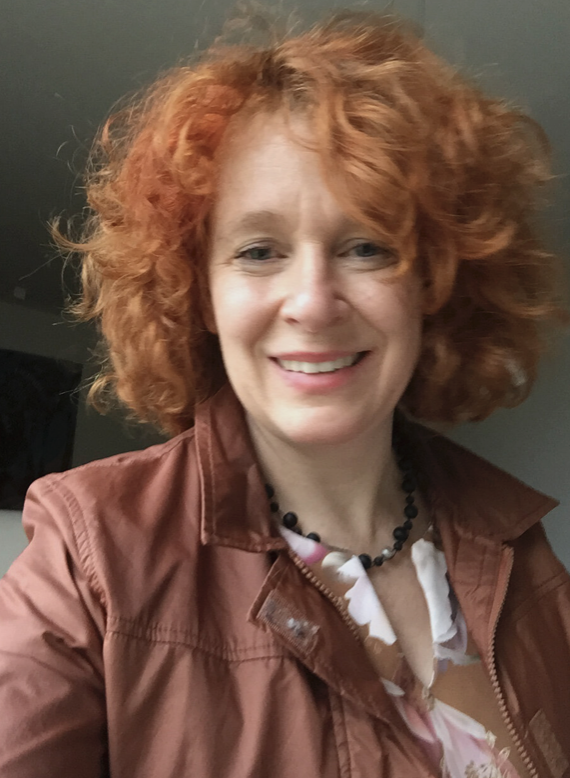
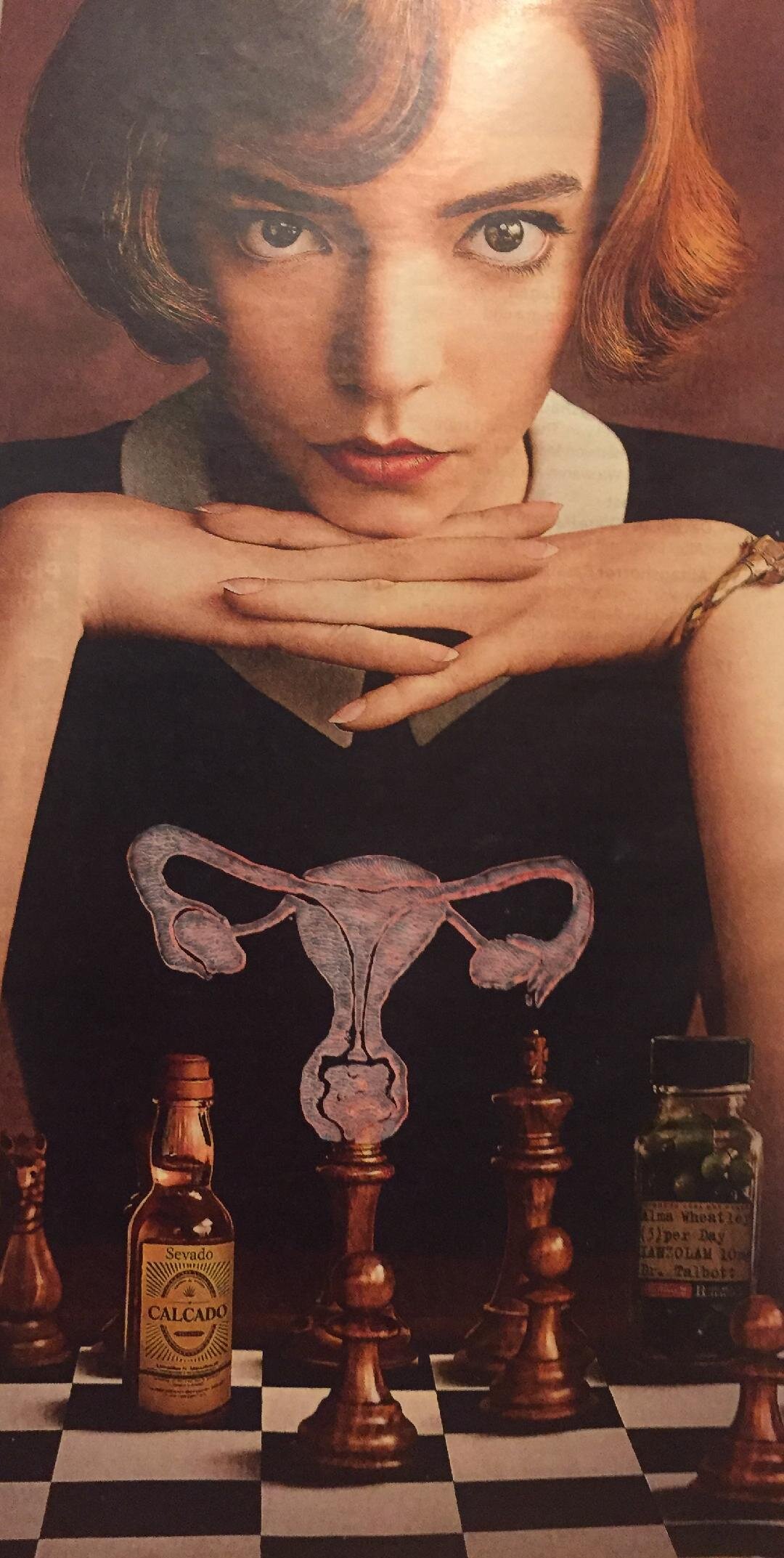
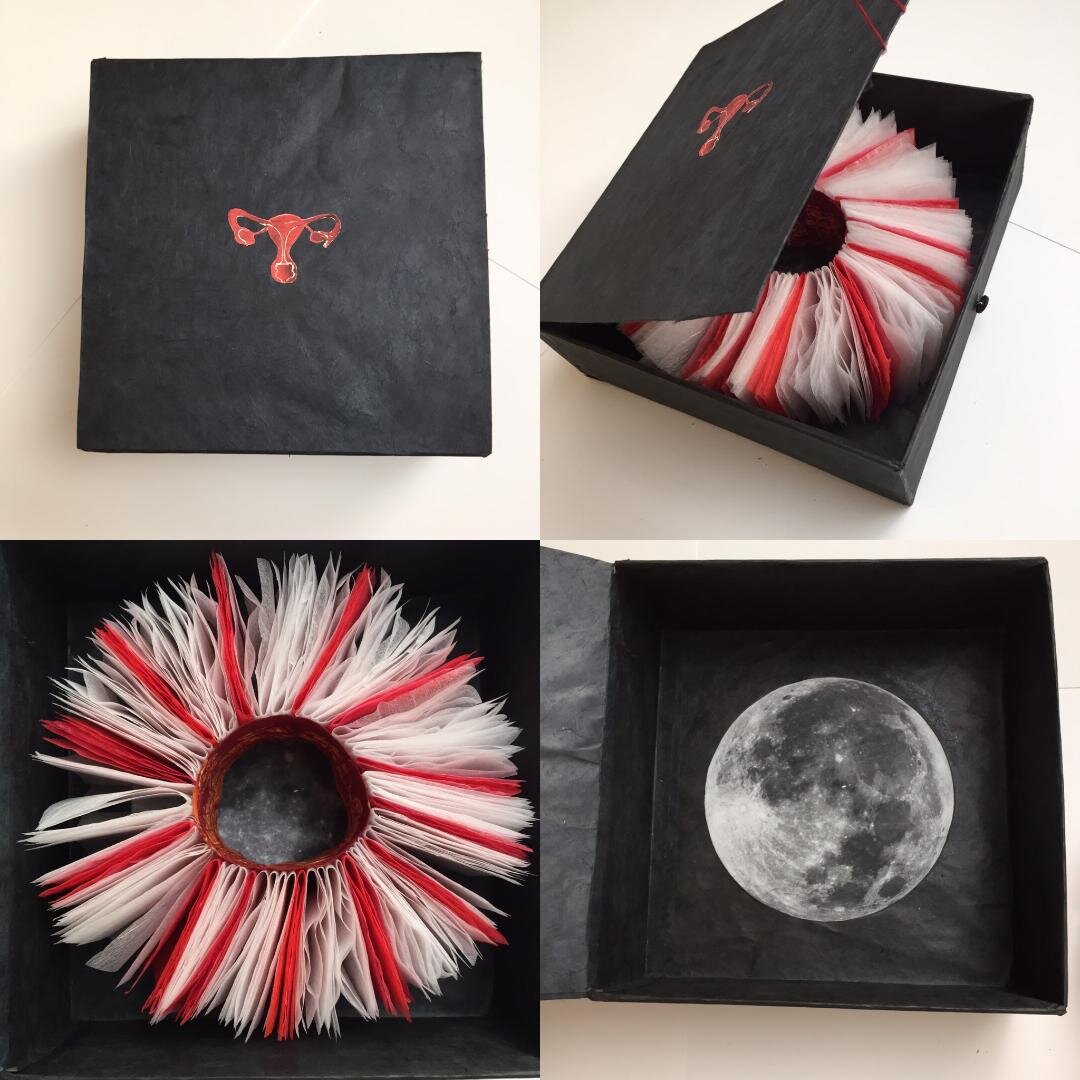
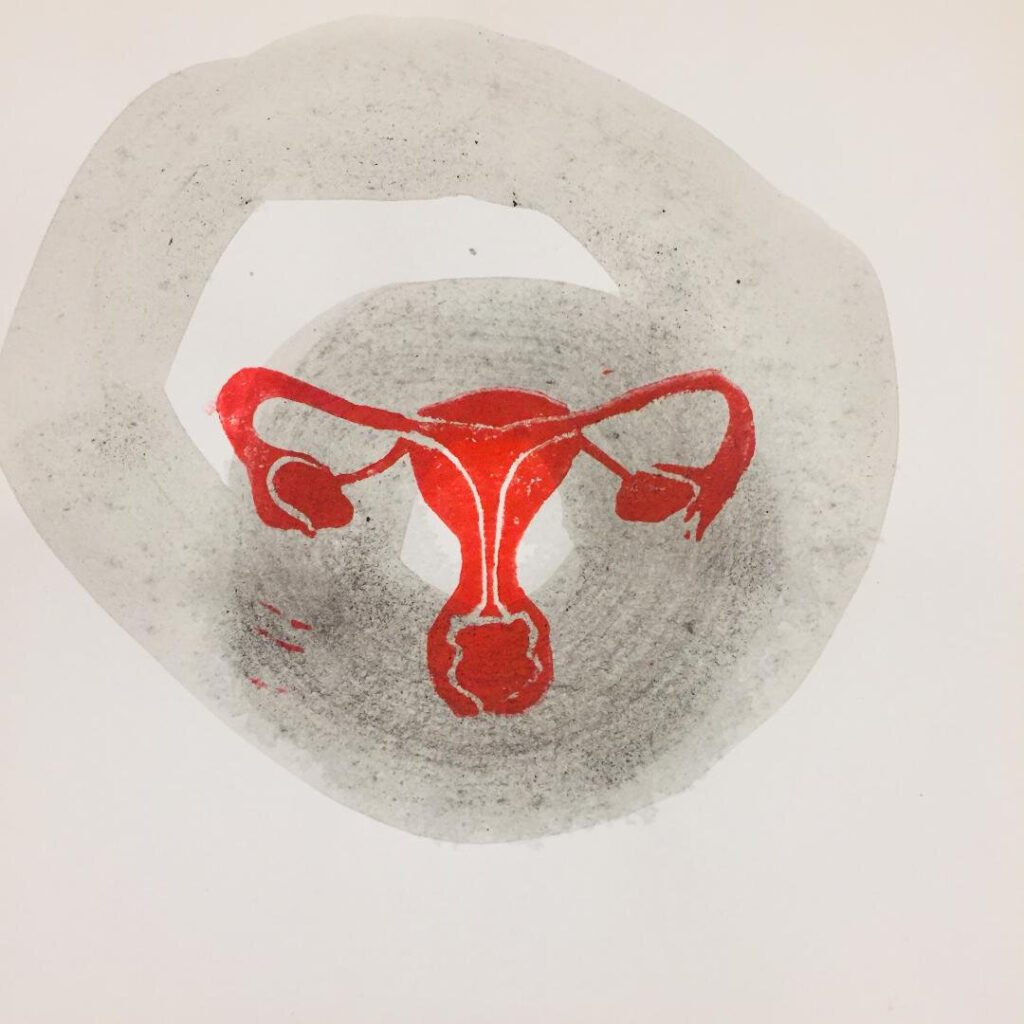
Laura Arena
.
.
Laura Arena is an American (NYC) artist, activist, energy healer, designer, and curator currently based in Berlin, Germany. Her work encompasses photography, video, installation, writing, and social interventions with a focus on storytelling, human rights causes, gameplay, and social engagement work.
In her latest works, Arena focuses on connecting her energetic healing practice, indigenous perspectives and multi-disciplined art practices to explore new methods of engagement with people, the land, the ancestors, and the natural world. To see the whole person (physical, emotional, spiritual, and intellectual) as one with the land and in relationship with others (such as the family, communities, and nations). These methods can include channeling through dreamwork, meditation, working with the elementals (otherworldly beings), and active listening.
Arena has exhibited in galleries and festivals worldwide, and has participated in events in North America, Europe, and the Middle East. She has participated in residencies and workshops in Greenland, Iceland, Czech Republic, Spain, Romania, Moldova, Hungary, Palestine, Armenia, Georgia, Kyrgyzstan, Greece, Turkey, and the United States.
Arena is the founder and the director of studio DE-CONSTRUKT, an artist residency, event, design studio, and photography darkroom that is based in Brooklyn is closed now due to COVID 19. She previously ran an art gallery called Lucky Gallery both located in Red Hook, Brooklyn. Arena is currently launching a new studio in Berlin called Storefront 111.
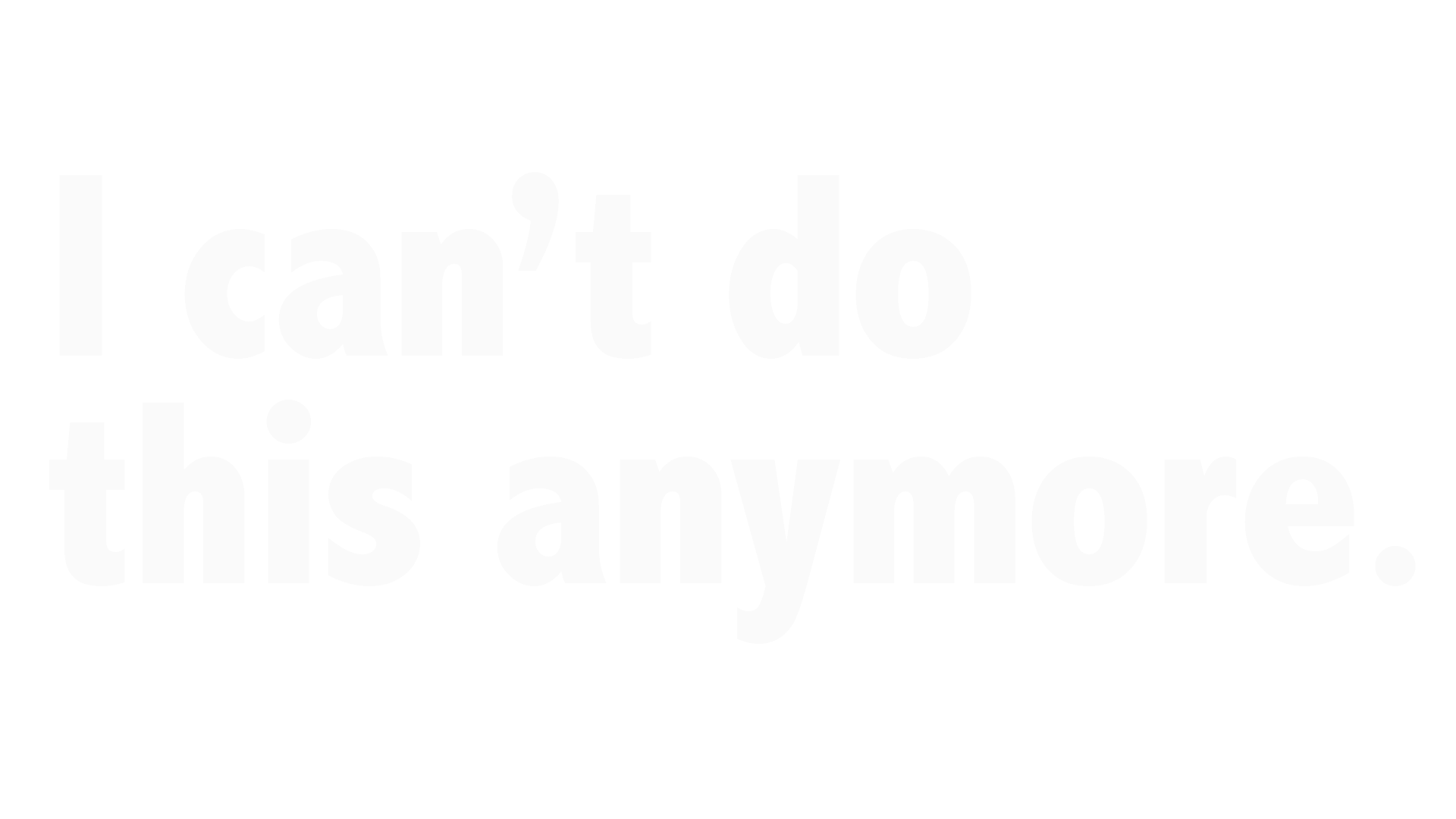
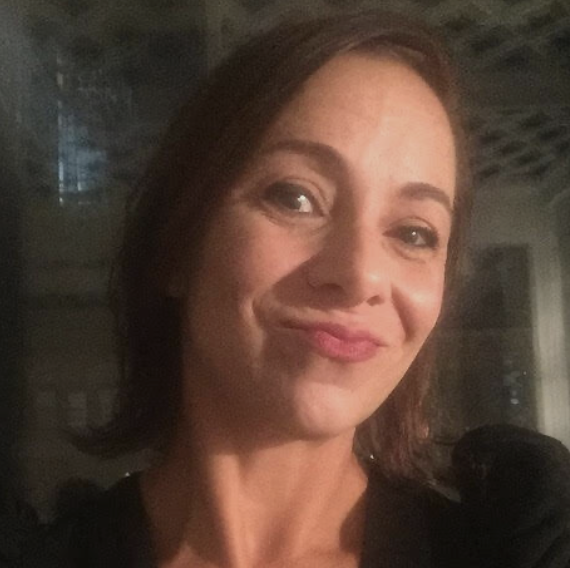
Lisa Jureczko | Fragmentierte Realitäten
Das Projekt „Fragmentierte Realitäten“ thematisiert die Untrennbarkeit von Mode und Natur. Die Collagen dienen dabei als visuelle Aufforderung, die gravierenden Auswirkungen der Modeindustrie auf unsere Umwelt zu hinterfragen.
Lisa Jureczko ist freiberufliche Fotografin, Künstlerin und Autorin. Ihre Arbeiten thematisieren die gravierenden Auswirkungen der Modeindustrie auf Mensch und Umwelt, soziale und politische Missstände sowie die gesamtgesellschaftlichen Ausprägungen und Folgen psychischer Gewalt. Ihre Arbeit ist dabei stets interdisziplinär und intersektional ausgelegt, und soll insbesondere der Entstigmatisierung dienen. Geboren und aufgewachsen ist Lisa Jureczko in Düsseldorf. In Köln und Rom studierte sie Kunstgeschichte, Italienisch und Archäologie. Im Rahmen ihrer wissenschaftlichen Arbeit beschäftigte sie sich mit Antikenrezeption und Portraitforschung. 2014 wagte sie den Quereinstieg in die Mode- und Beautyfotografie. Es folgten zahlreiche internationale Publikationen und Ausstellungen. Ihr aktuelles Schaffen ist geprägt durch den Ansporn, künstlerische, wissenschaftliche und aktivistische Positionen miteinander zu vereinen.
.
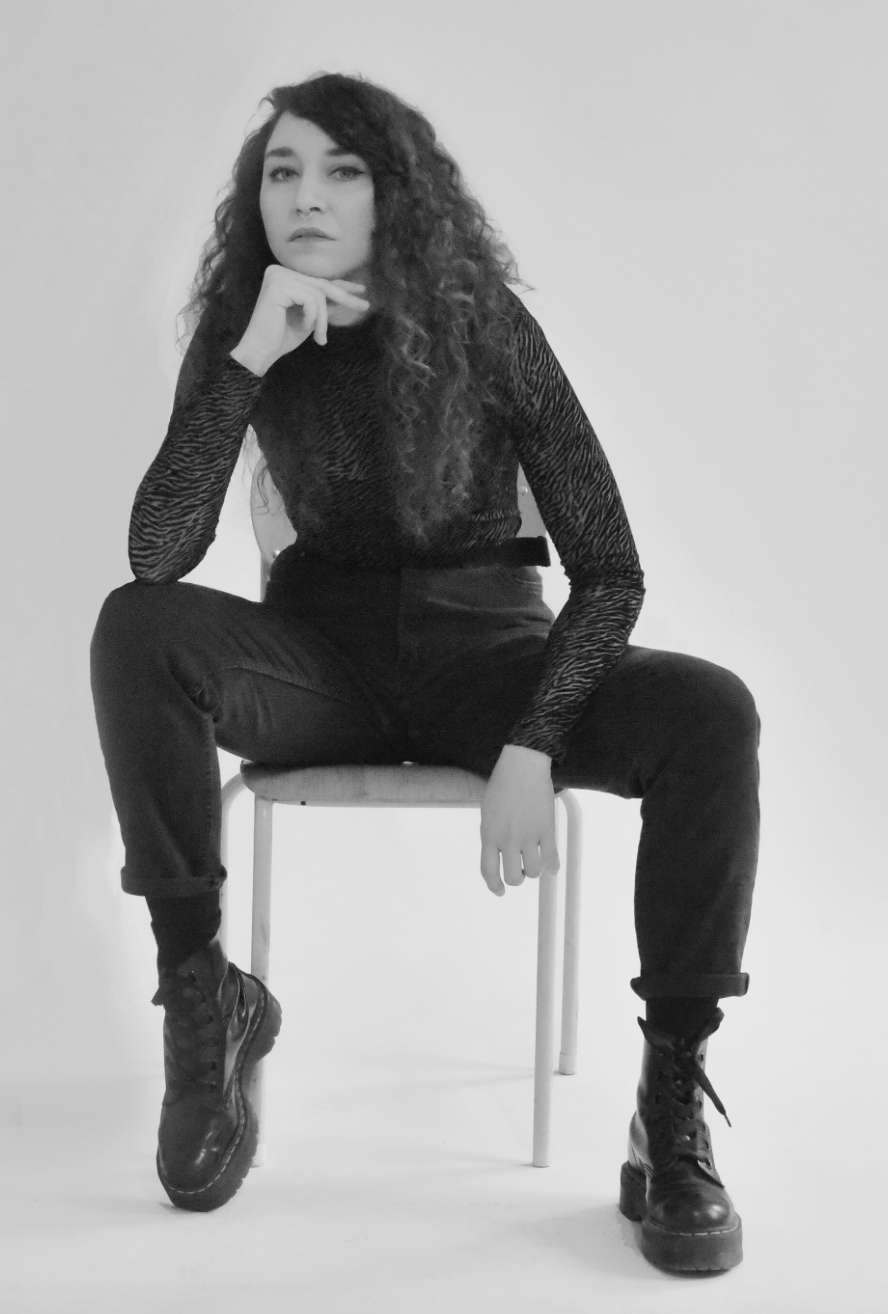
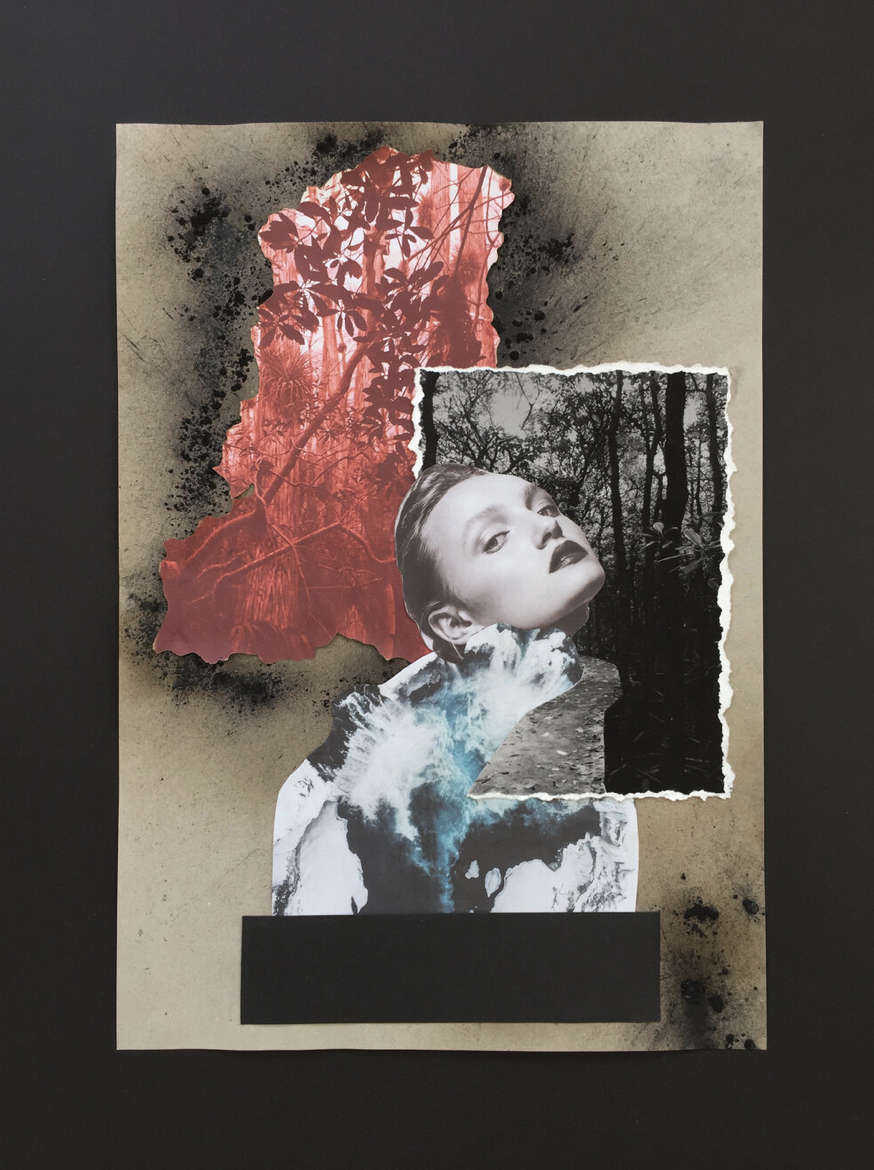
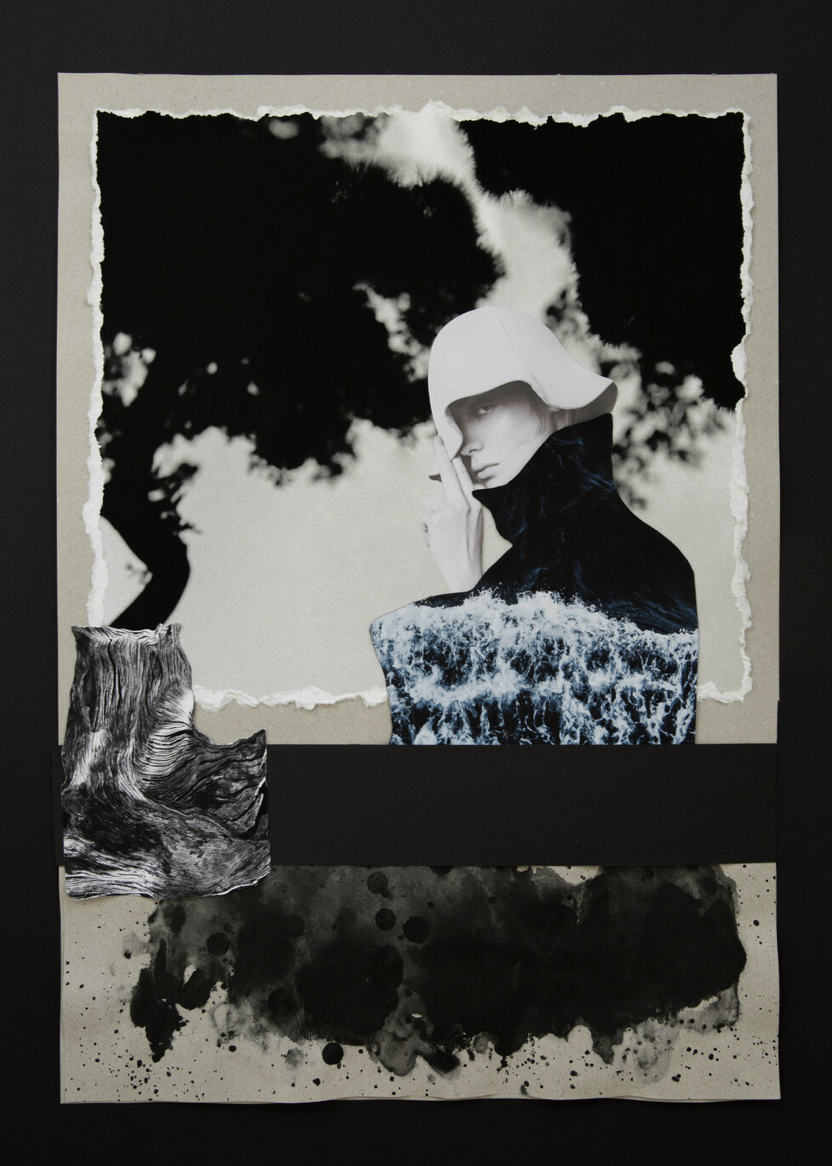
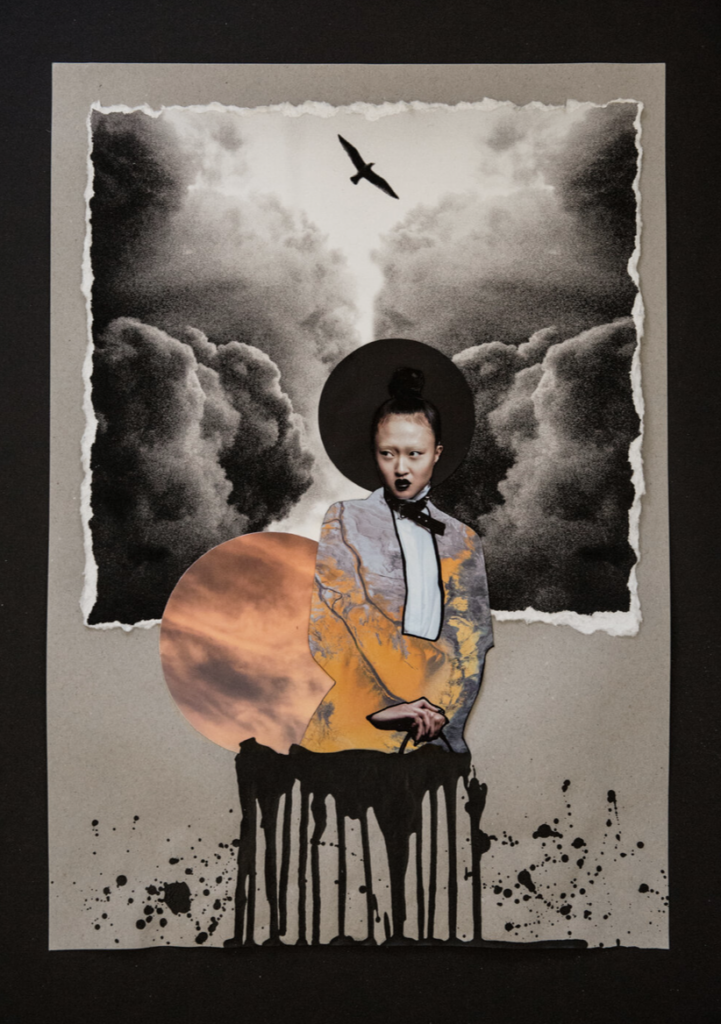
Maria Lucka | Fragmented Glitches
.
Du nimmst mich als störend war, denn du kannst mich (teilweise) nicht lesen. Der Sound pendelt zwischen deinen Ohren und du versuchst mich außerhalb von dir zu sehen, mich zu halten – so festzuhalten, dass sich mein Körper für dich konstruiert, sich definiert. Hast du Angst dich zu fragen, ob ich auch in dir vorhanden bin?
fragmented glitches ist eine Übersetzung des Lesbaren in undeutlich tonale Bewegungen. Die auditive trans*formation setzt sich aus Störgeräuschen und Sounds von Lust und Neugier zur Umgebung zusammen und versteht sich somit als radikal-emotionaler Widerstand gegen patriarchale Strukturen.
.
Maria Lucka (keine Pronomen/they*) studiert an der Universität Hildesheim und hat sich in intersektional-geschichtliche Auseinandersetzungen mit queeren* Lebensrealitäten und Diskursebenen von Queer* Theory und Gender Studies spezialisiert. Neben dem Studium verarbeitet Maria Lucka Erfahrungen und Eindrücke in selbstproduzierten Ambient Soundflächen, Visuals und Lyrik, welche unter anderem auf Theater-Festivals sowie dem WWW gezeigt und veröffentlicht werden..
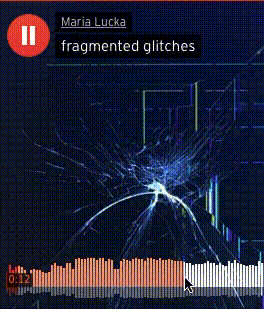
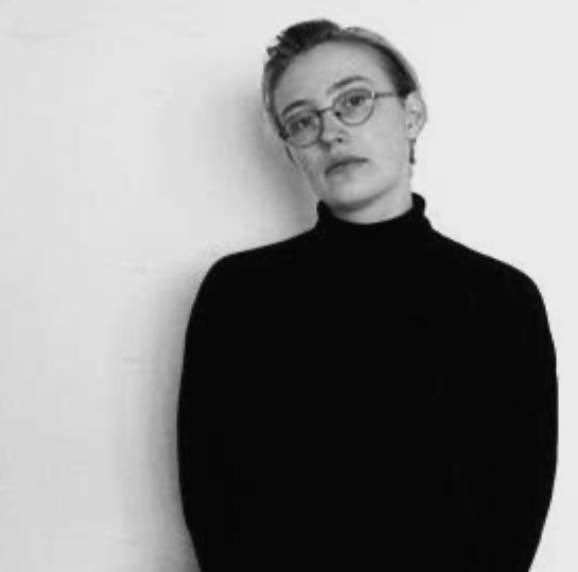
Maruhni | Don’t call us
maruhni ist Musikerin, Dj und Produzentin. Sie hat viele Jahre verschiedene Blasinstrumente gespielt und erlernen dürfen, dabei war die Klarinette ihr Wahlinstrument im Orchester. Da sich ihre Interessen zweitweise auf den Schwerpunkt Theater fokussierten, gab es einige Jahre ohne nennenswertes musikalisches Engagement. 2019 hat sich ihr die Möglichkeit geboten mit Platten aufzulegen und DJ zu werden. Eine neue Leidenschaft ist entstanden. Durch den coronabedingten Lockdown und die damit einhergehende Veränderungen der Musik- und Clubszene ist ihr Interesse gewachsen, eigene Musikstücke zu erschaffen. So hat sie sich in diesem Jahr die Handhabung einer DAW und die Ausgestaltung musikalischer Werke beigebracht. Ihre Musik ist geprägt durch ihre Liebe zu Percussionselementen, sowie düsteren Basselementen. Und immer dabei sphärischen Elementen, die sie zum Teil selbst mit verschiedenen Instrumenten eingespielt hat und in der DAW verändert, um aus klassischen Sounds etwas neues auszugestalten.
.
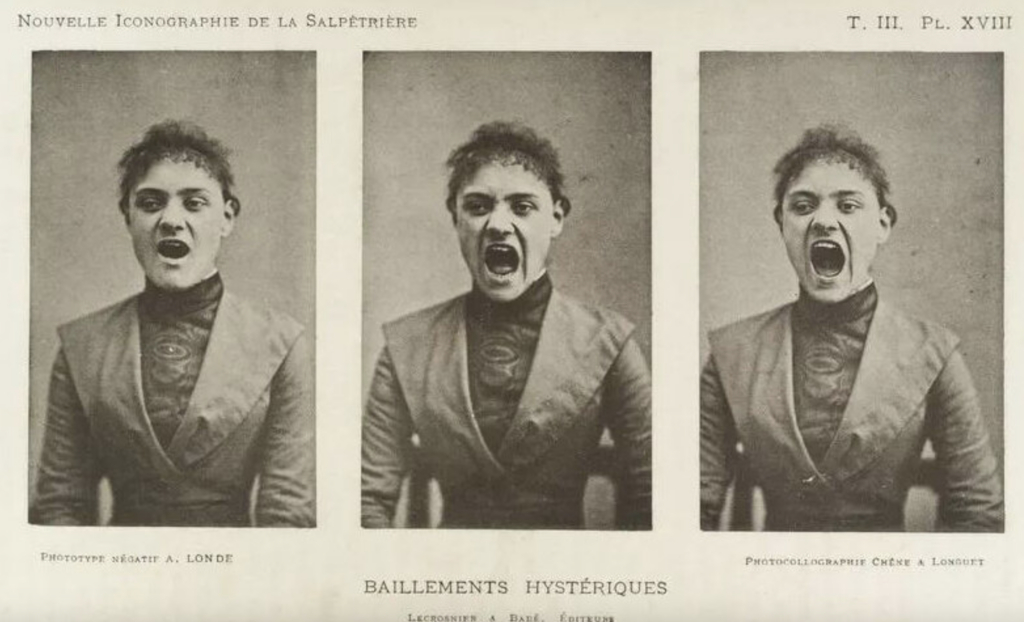
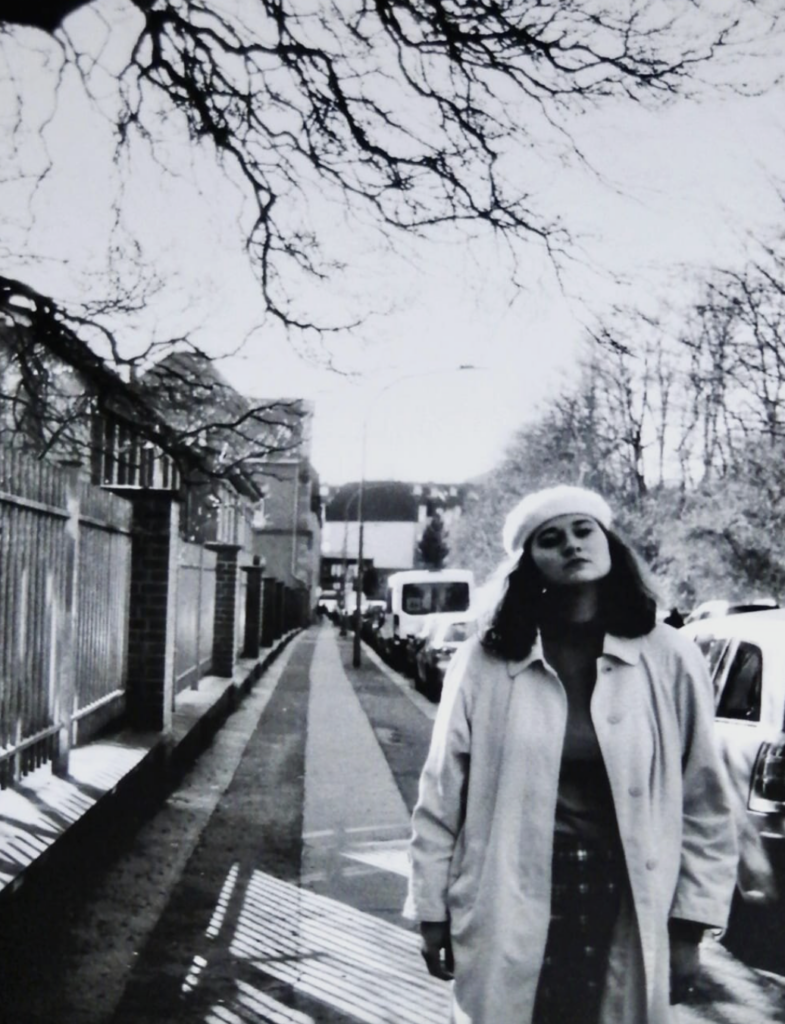
Nick Lee | Appreciation for the Scholar and the Divine Mother
.
.
Nick Lee (b. 1996) is a painter and full time student at Kent State University. Lee is based in Kent, Ohio. He is underway in getting a BFA in painting. Lee has shown work in Ypsilanti, Michigan, Emmitsburg, Maryland, Kent, Ohio, Long Island, New York, and Dalston, London England. He has multiple printed publications in Kent State Magazines such as UHURU and Luna Negra.
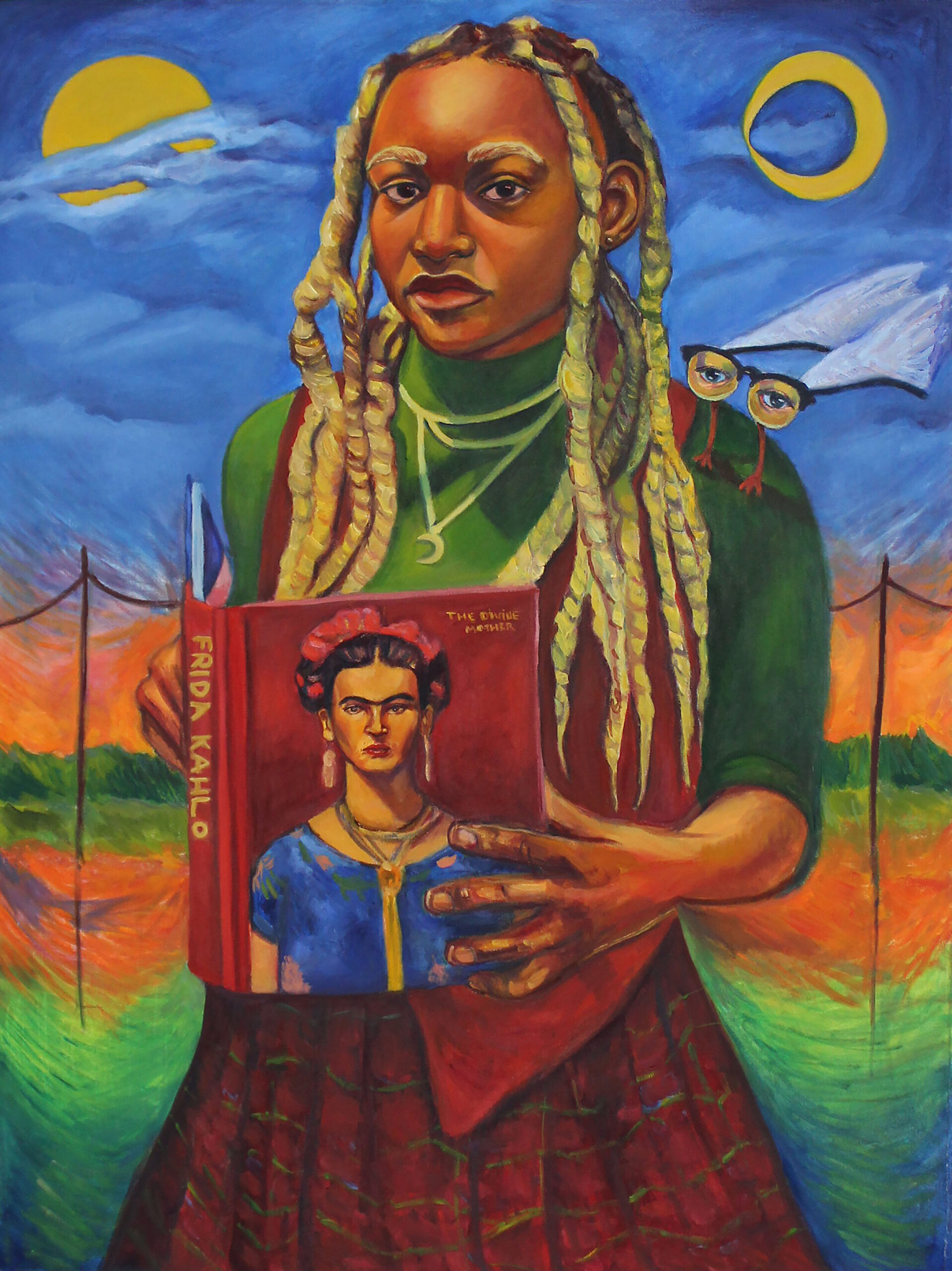
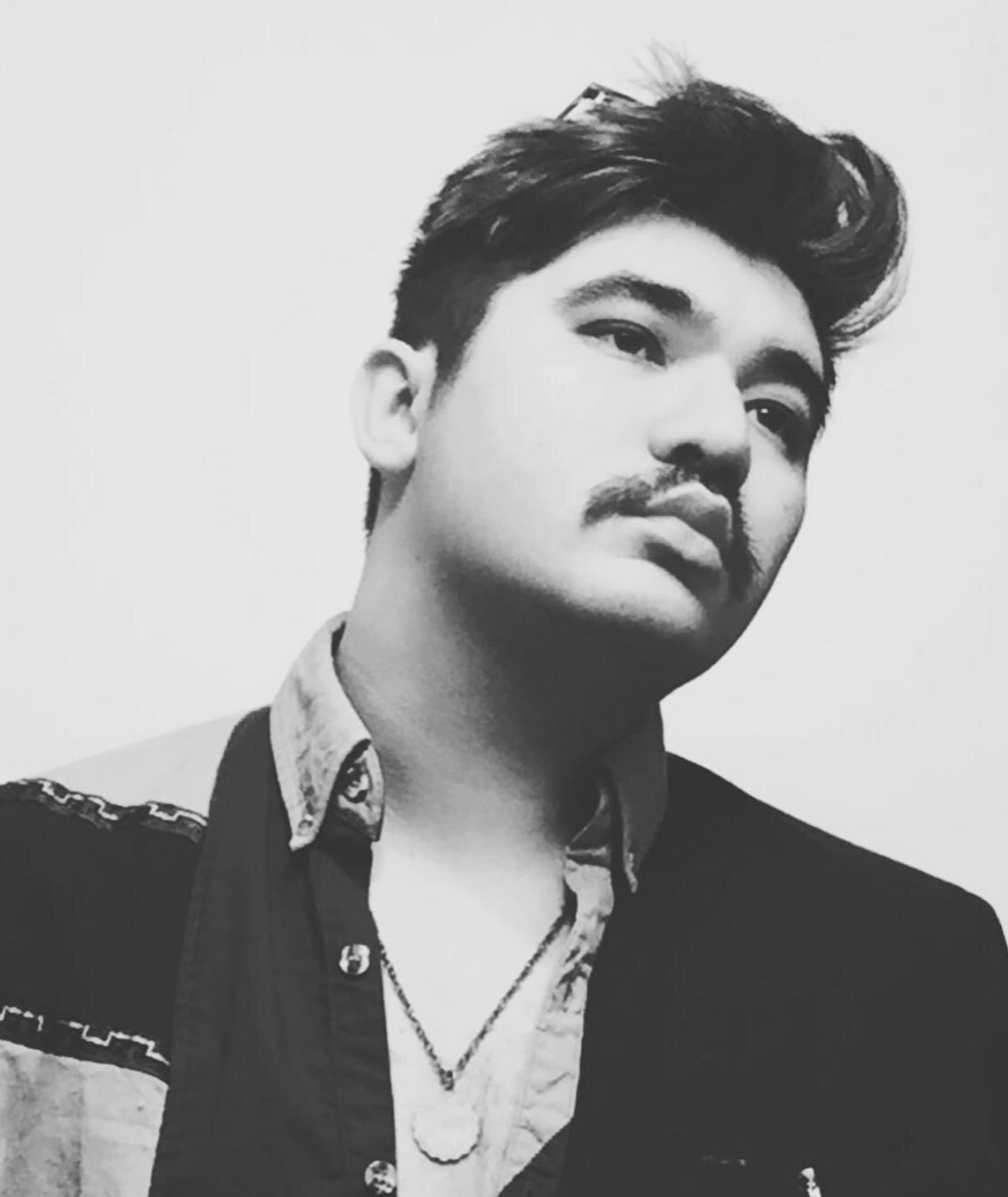
Samiya Younis | Haven, Flight & I am Hybrid
Samiya Younis was born in Nottingham, England in 1984. She is a British-Kashmiri-Pakistani artist based in London. Samiya grew up amongst eight other siblings there was always sibling rivalry for her parents‘ affection, who would favour her two brothers over their daughters. Throughout her life, Samiya wanted her independence and voice as a child spent time creating to escape. At the age of 17, she left the family unit to avoid a forced marriage. Years later at the of 24, while working in an office, she decided to pursue her interests and enrolled herself into art college. Here Samiya flourished and further developed when she decided to take her Bachelors degree in sculpture at the University of Arts London. After completing her degree, Samiya was offered a place to study sculpture at the Royal College of Art in London. Here Samiya delved even more into her Fine art practice, exploring her identity, culture and struggles as a second-generation woman of migrant parents from a South Asian culture, exploring gender violence, and the histories and legacies of colonialism.
Samiya has taught Fine Art programs in Oxford and Edinburgh. She has led textiles and drawing workshops with Women’s groups in Oxford and London and has exhibited work in group shows in London and China. She is co-founder of LinkUP, a mobile-network-based social group formed at the RCA for artists of colour, giving voice to different forms and practices. She is an artist, curator, educator and advocate/voice for women’s empowerment and liberation. Samiya is a mentor, supporting students in Art and Design at HE Colleges in London, and is currently doing a PgCert Academic Practice in Art, Design and Communication, specialising in Inclusive Learning and Teaching, University of the Arts London.
.
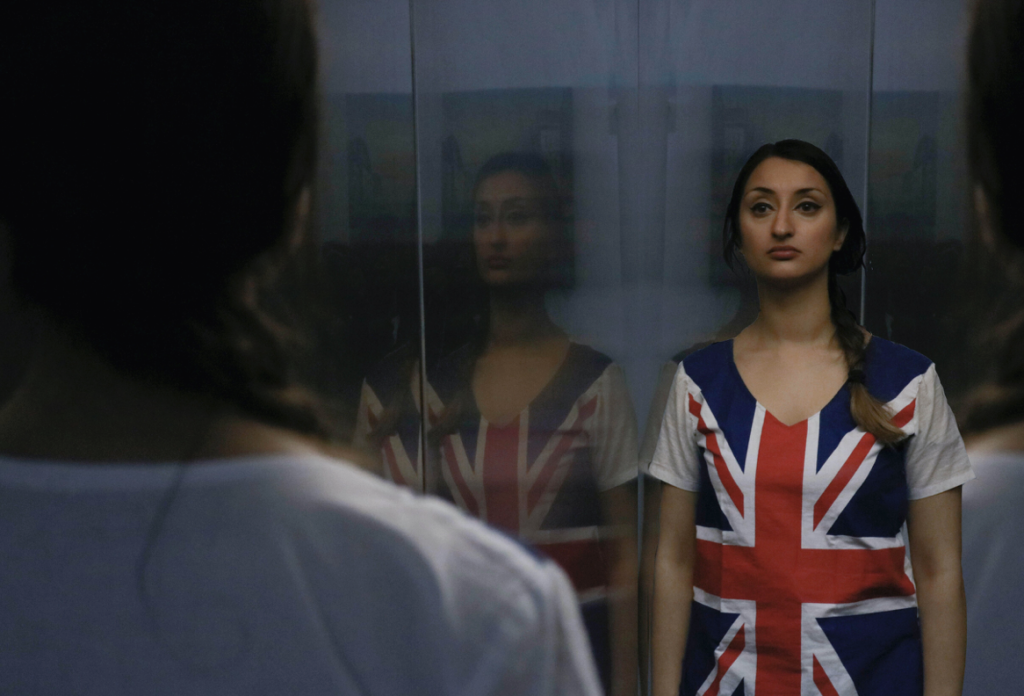
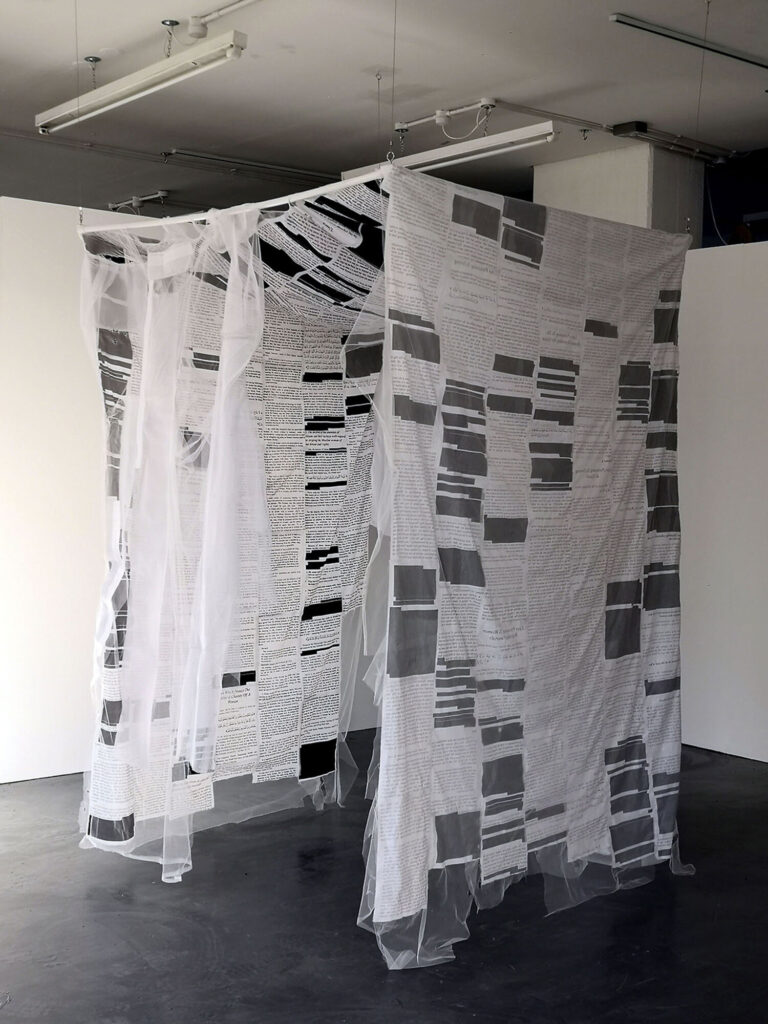
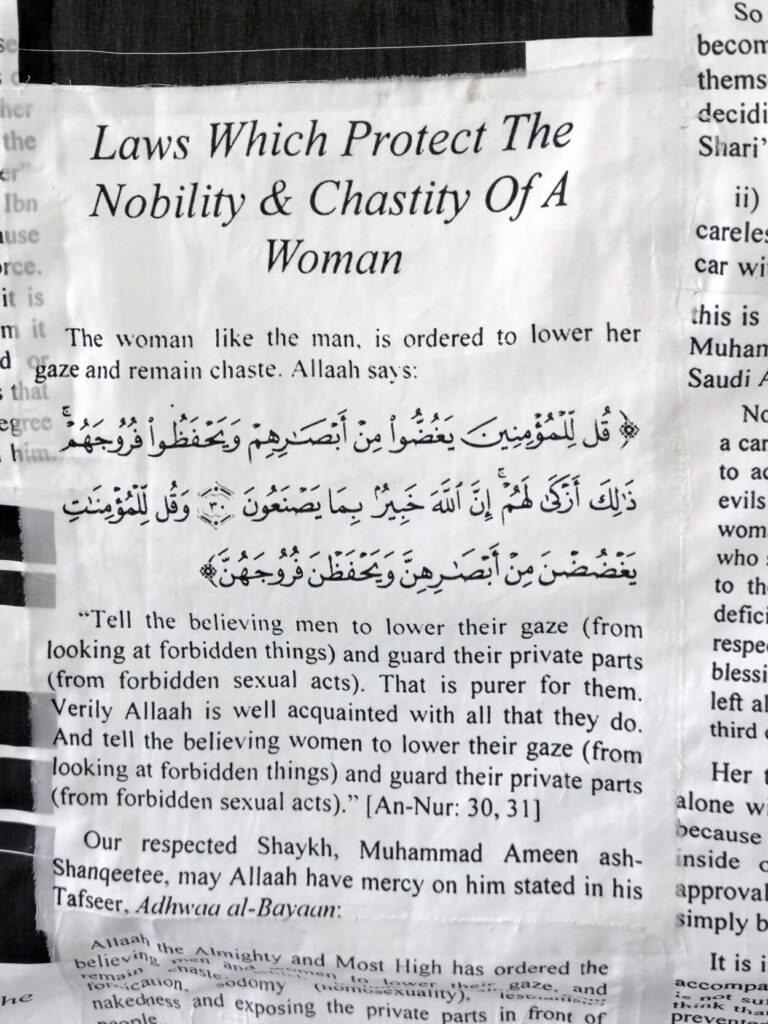
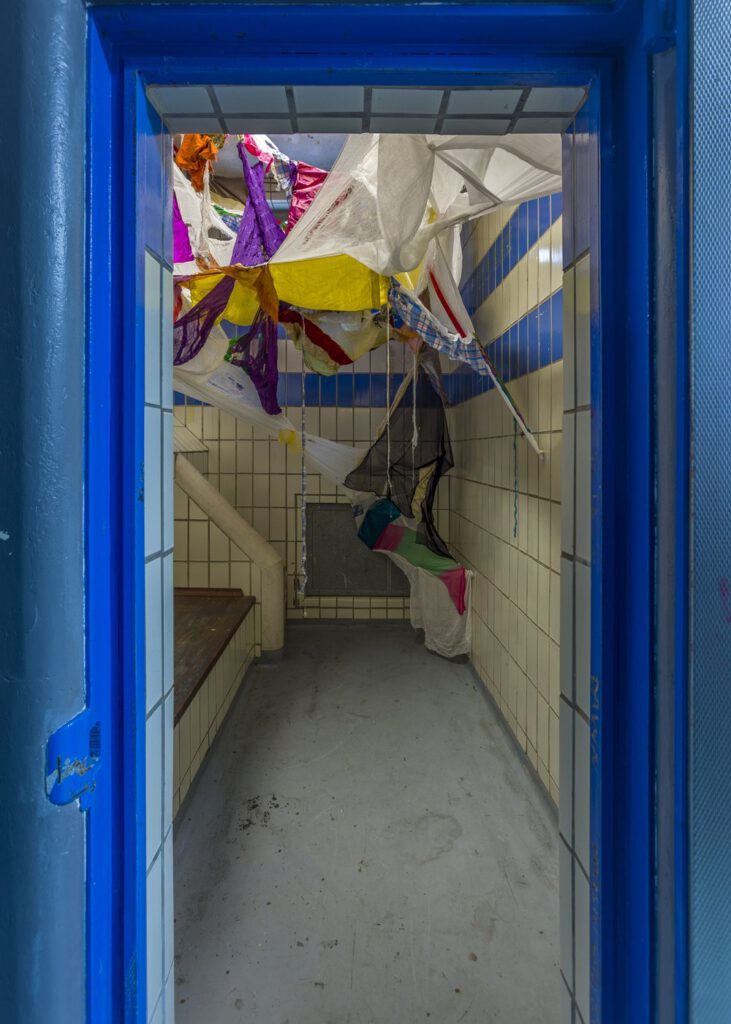
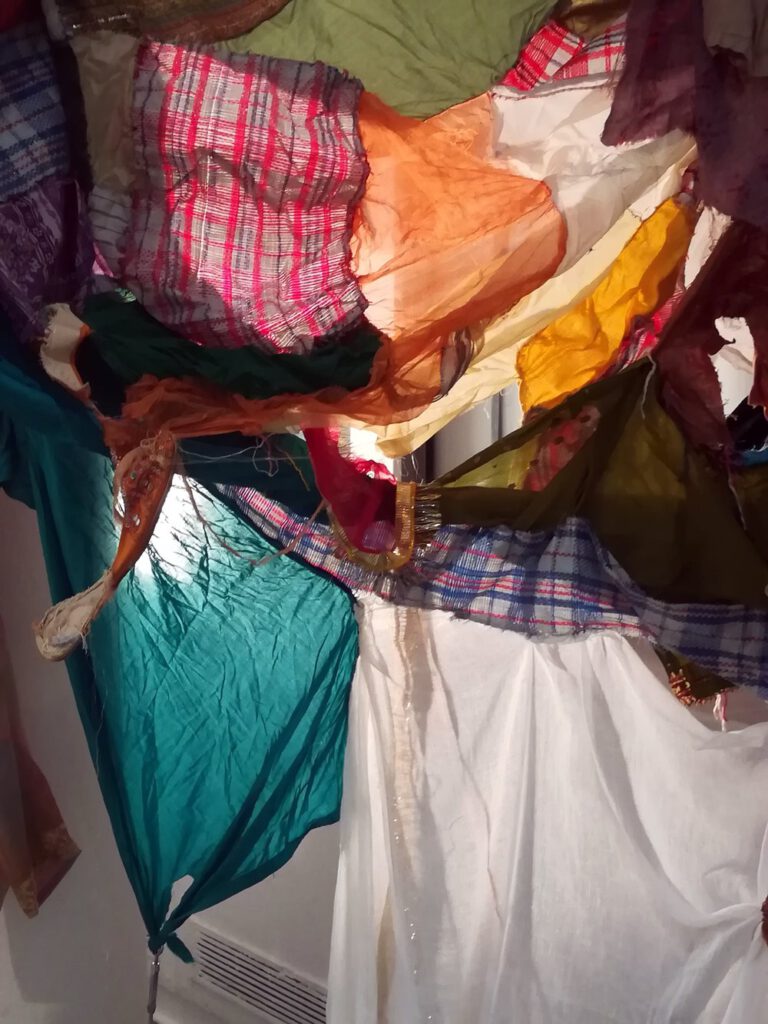
Haven, 2019
Installation.
Materials: Printed text on cotton, bonding web, underwear and mosquito net.
Dimensions: 214x148cm.
Flight Re-visited, 2019
Materials: Second hand South Asian women and girls clothes, pure Indian silk/cotton/linen, laundry bags, and cotton thread.
Dimensions: Variable
I Am Hybrid, 2017
Tooting Broading, London
Photographic still from a performance filmed in Tooting Broadway, London, Filmed: David Head.
Stéphanie Barbetta | Substance Brute
.
.
Visual artist, actress and poet, Stéphanie Barbetta wrote a thesis in Literature at the University of Geneva on women poets who have written their experience of the psychiatric institution. Some of her creations focus on the question of Traum-a, a space between dream and trauma..


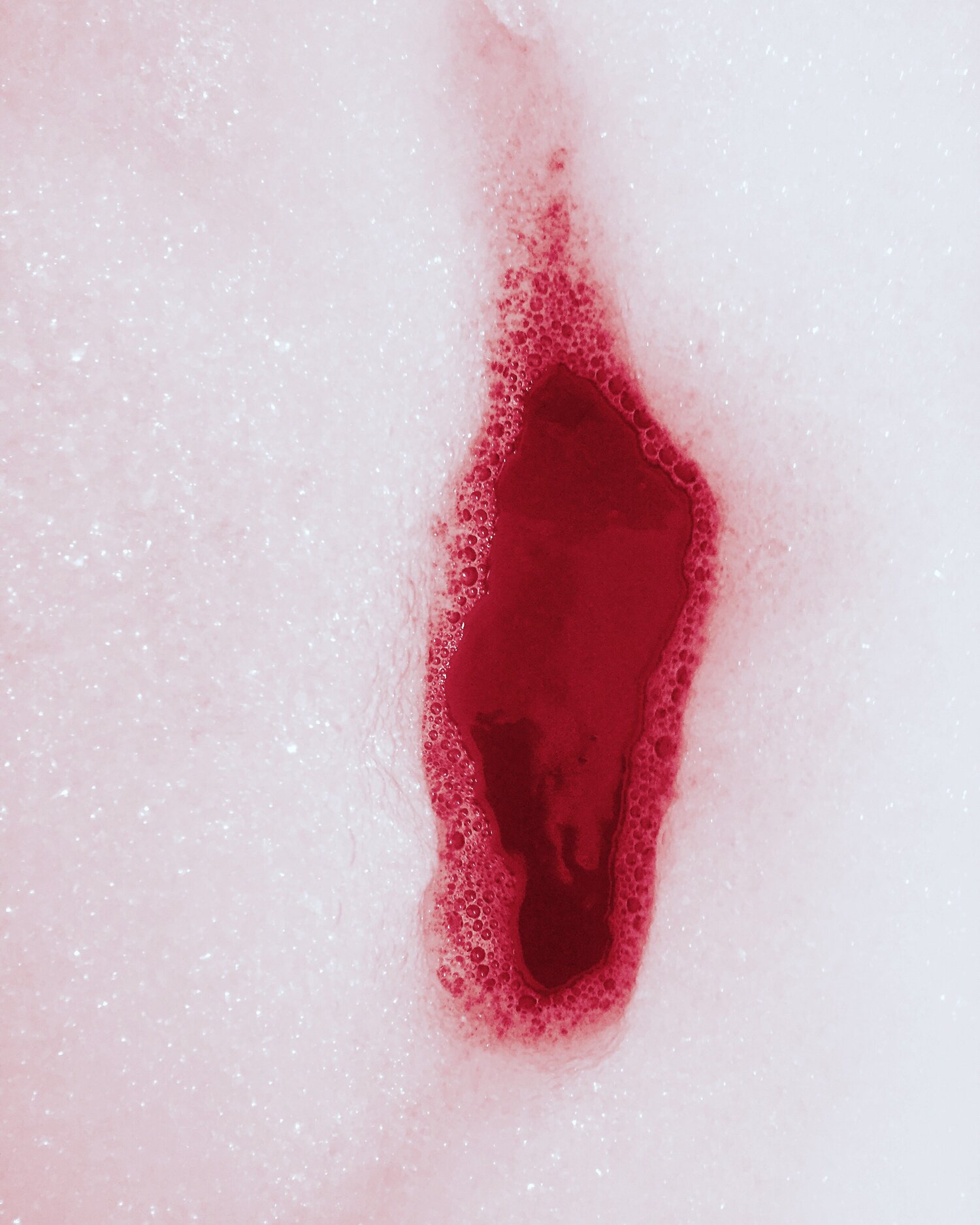
Yume No Yukari | Where have all the flowers gone, Disintegration & Disappearing Slowly
Yume No Yukari is a portrait, fine art and fashion photographer from Dortmund, Germany. She lived some time in Japan studying at Sophia University Tokyo and graduated in Social Psychology and East Asian Studies with focus on History, Politics and Gender at Ruhr University Bochum. Inspired by ancient aesthetics, psychology and dreams she uses experimental photo and edit techniques for creating surreal imagery which focuses on themes like culture/subculture, identity and feminism while working out essential forms, characteristics or emotions. She is engaging for women’s empowerment and more visibility of female and non binary artists. At the moment she is part of the exhibition series “Under Feminist Construction” on occasion of international women’s day in Bochum. Her work is published nationally and internationally.
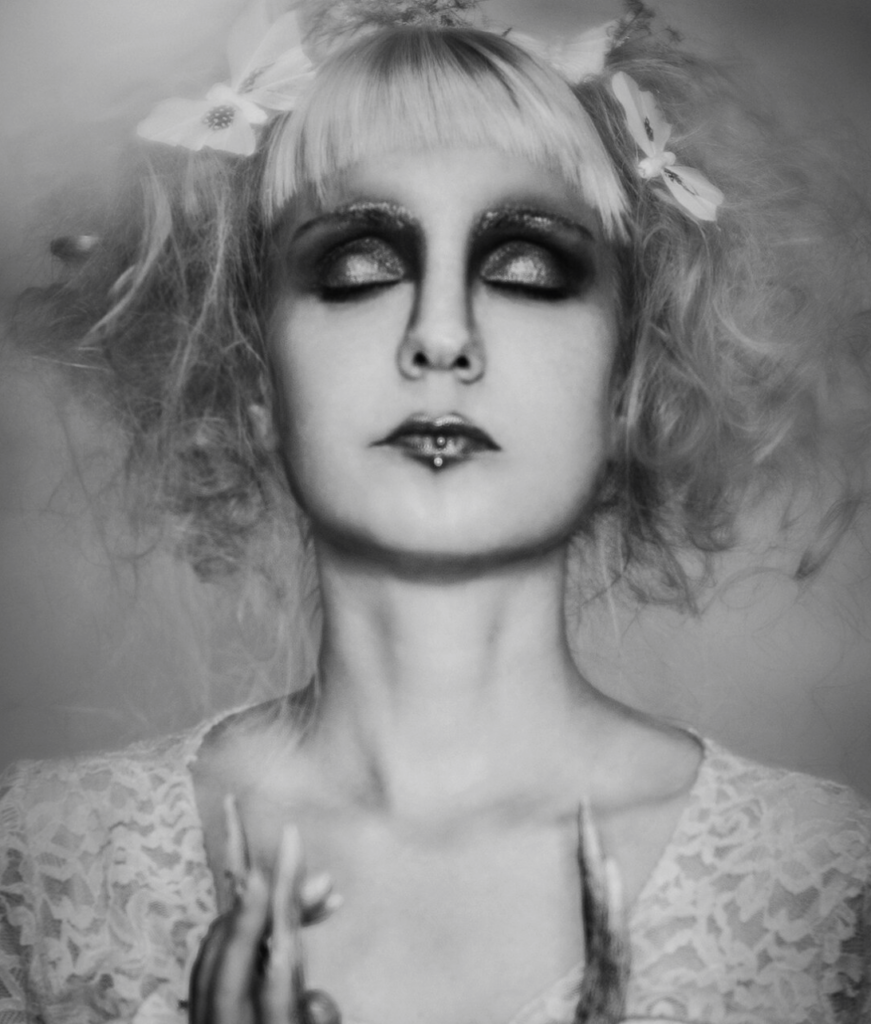
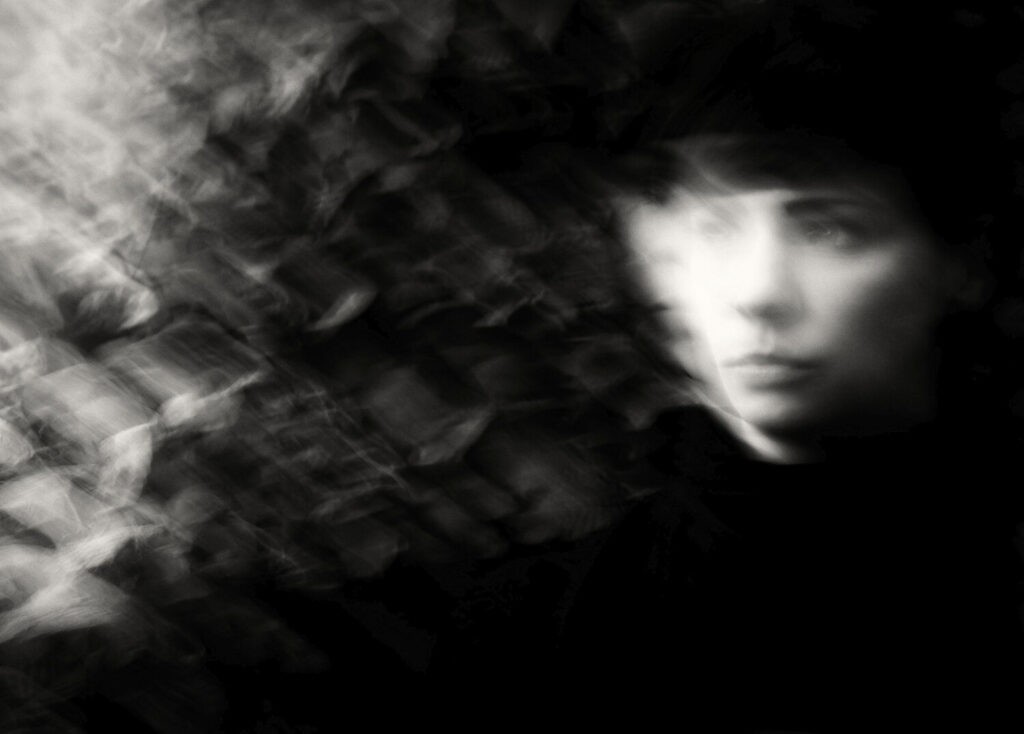
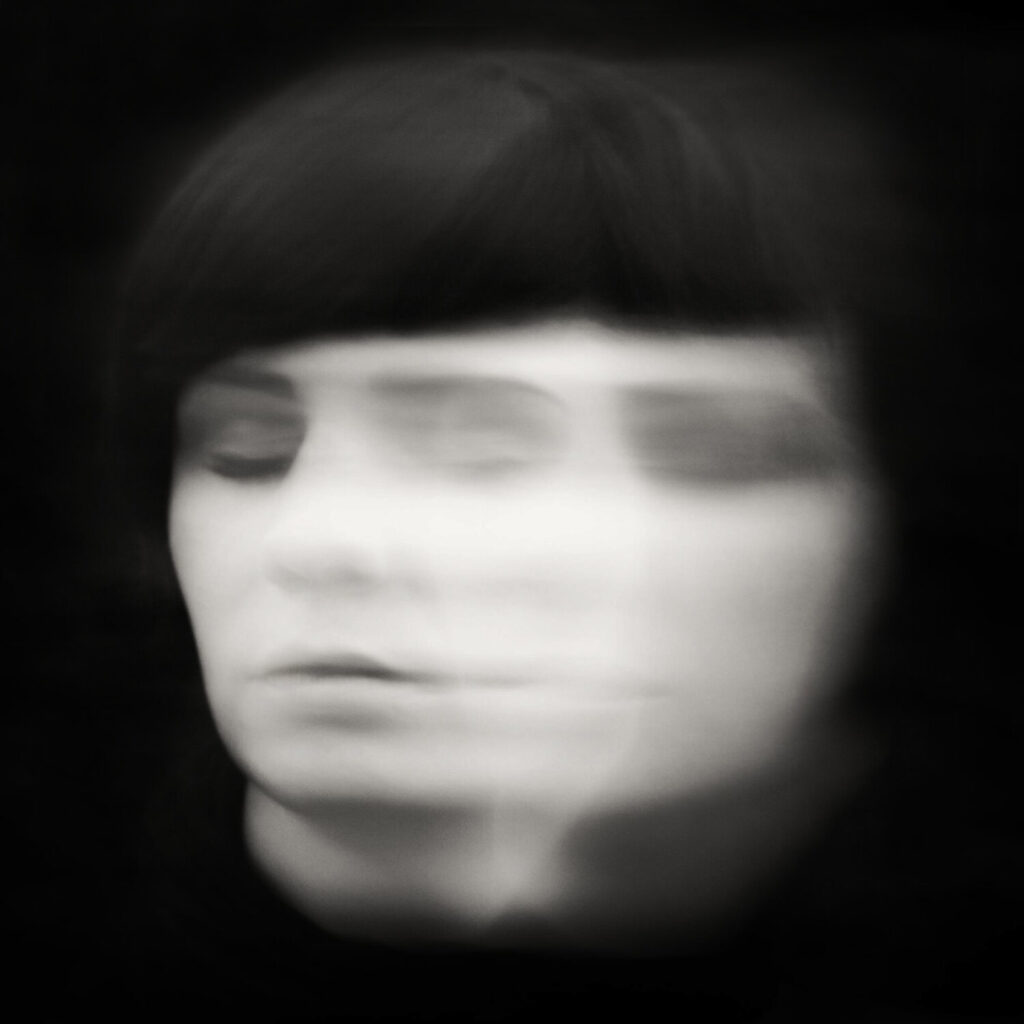
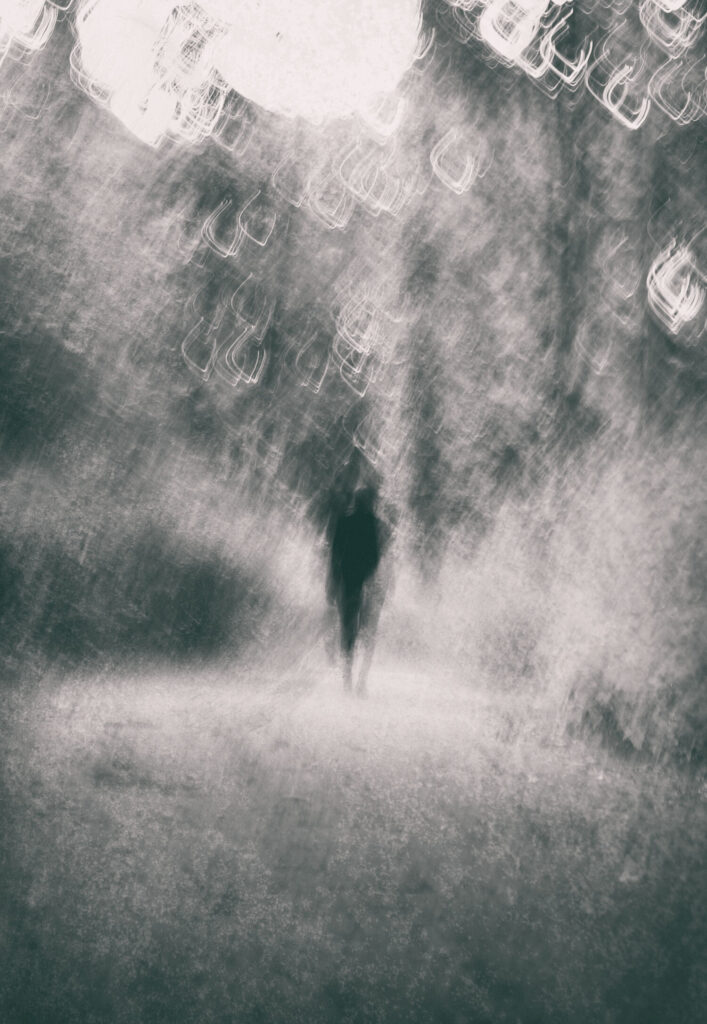
Aesthetic Journaling Workshop für BIPOC Gender Minorities
mit Ajayini Sathyan
.
.
Ajayini ist ein Gender non-binary/non-conforming LSBTQIA Aktivist*in, zertifiziert LSBTQIA Peer-Berater*in und Künstler*in aus Tamil Nadu. Ajayinihat mit LGBTQ-Personen, Menschen mit HIV unterhalb der Armutsgrenze, Cis / Trans-Sexarbeiterinnen, Dalit-Frauen und Dalit-LGBTQIA gearbeitet. In Deutschland studiert Ajayini Gender and Diversity an der Hochschule Rhein-Waal. Wenn es möglich ist, vertritt Ajayini aktiv, queere Flüchtlinge / queere people of color. Außerdem beschäftigt sich Ajayini mit politisierten Themen wie kulturelle Herkunft, (Neo) kolonialismus, Critical whiteness, Geschlecht und Sexualität durch spoken word / Gedichte, Kunst und durch interaktive Vorträge, Workshops und Diskussionen.
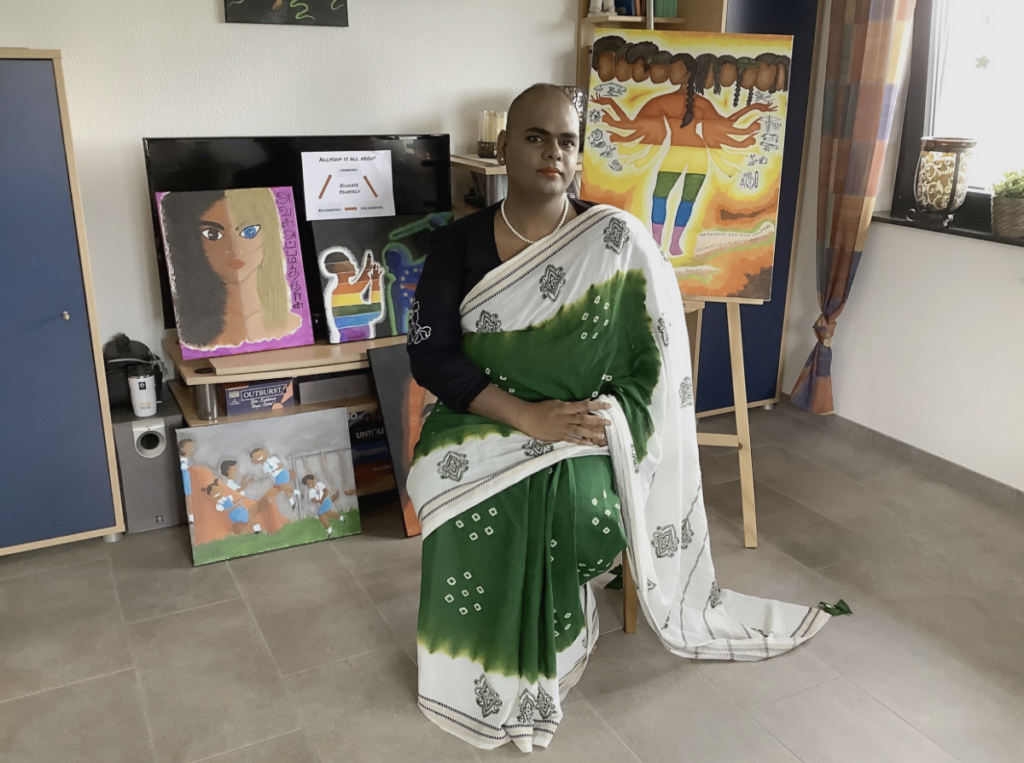
.
Der Workshop Aesthetic Journaling fand am 27.03.2021 im Kollektiv Drei statt und richtete sich an Gender Minorities, um diesen dabei helfen, zu verstehen, dass, „wütend und verärgert sein“ eine natürliche und normale Reaktion gegen Unterdrückung ist. Die Teilnehmenden erhielten eine Woche vor dem Workshop eine Reihe von Fragen.
Die Zeitspanne und die Übung dienten dazu, schmerzhafte Situationen zu verarbeiten, sowie Auslöser und schwierige Themen zu behandeln. Während eines solchen Workshops ist es dann möglicherweise etwas einfacher, diese Themen erneut zu diskutieren.
Aesthetic oder Bullet Journaling ist eine Methode der persönlichen Organisation, die vom Designer Ryder Carroll entwickelt wurde. Diese Form des Journaling ist kreativer, da die Person kritzeln, malen, Bilder hinzufügen und Vorlagen zu einem normalen klassischen Tagebuch hinzufügen kann.
.
Für diesen Workshop wurde das „Aesthetic Journaling“ mit den Techniken des “Collagierens” und “Fingermalens” vereint. Der Begriff Papier Collé (Collage) entstand zu Beginn des 20. Jahrhunderts. Gemeint ist eine Technik des Kunstschaffens, die hauptsächlich in der bildenden Kunst, aber auch in der Musik verwendet wird. Dabei entsteht Kunst aus einer Zusammenstellung verschiedener Formen und schafft so ein neues Ganzes.
Fingermalen ist ein freies Gestalten durch das Aufstreichen von Farben direkt mit den Fingern auf Papier oder das Nachzeichnen von Formen mit dem Finger. Nachdem die amerikanische Pädagogin Ruth Shaw das Fingerpainting als Ausdrucksmedium für Kinder entwickelt hatte, widmete sie sich den therapeutischen Vorteilen des Fingermalens.
Am 28.03.2021 fand zudem ein online Panel Talk mit Aktivist:in Ajayini Sathyan, Veranstalterin Gin Bali, Medien- und Kulturwissenschaftenstudentin Samenkhya Owusu-Adjei und Bildungsarbeiterin Nur statt. Gemeinsam sprachen sie über den Vorwurf der Hysterie als Waffe und Machtinstrument gegen Marginalisierte.